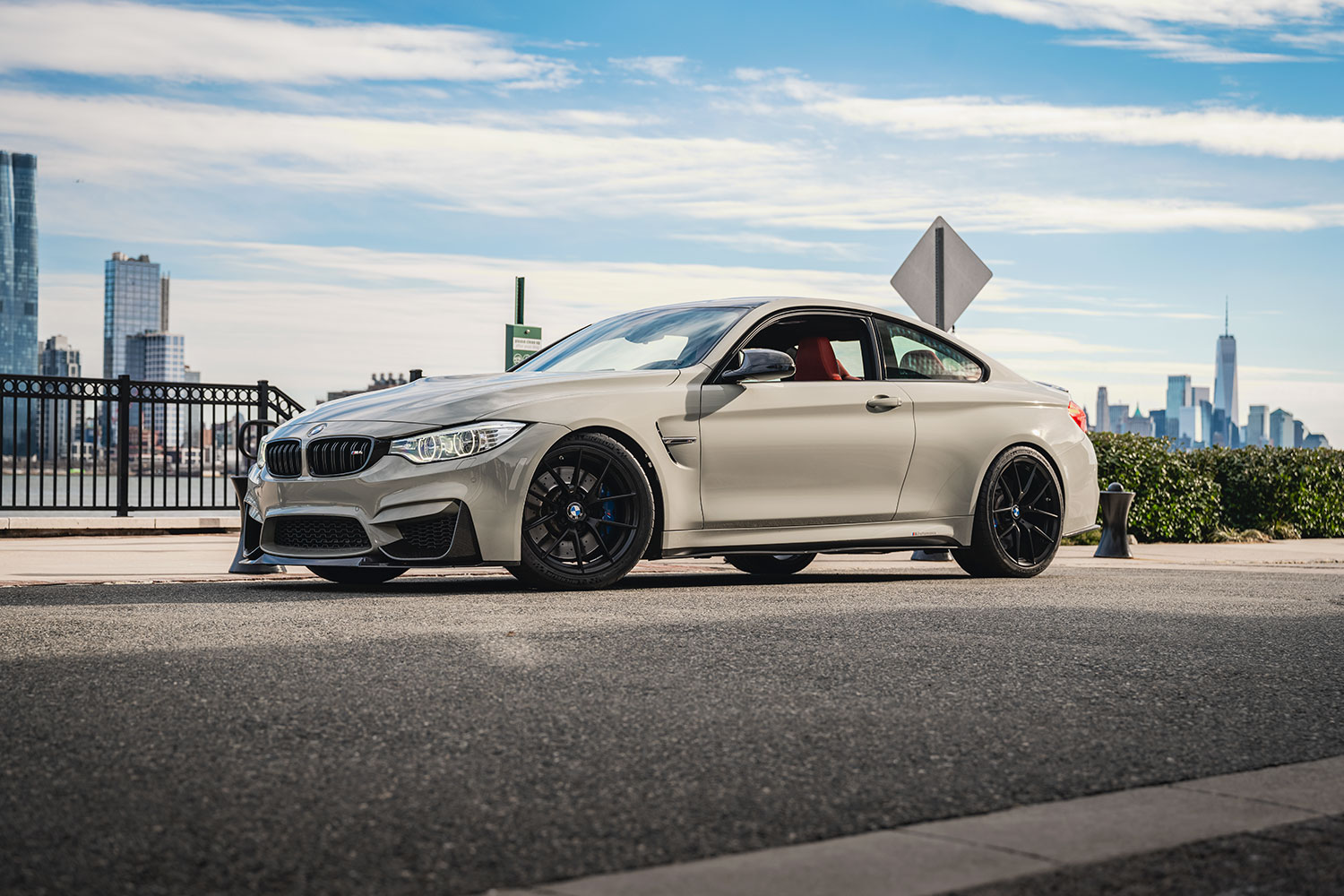
No M car before or since has been saddled with the baggage that the BMW F80 M3, F82 M4 Coupe and F83 Convertible has. Replacing a legend in the E9X, introducing turbocharging to the M3 lineage, deleting the M3 name on the Coupe version…it was a lot. But it was also beautiful, weighed less than the outgoing version, and maintained the versatility that every M3 before it had enjoyed. While I ranked it last when compared to the E90 and G80, the F8X is still an excellent car that does many things well. If you want one, I’m here to help with the F82 M4 Buyer’s Guide.
Understanding the F82 M4 Coupe and F83 M4 Convertible
The first thing to do is to understand the difference that each model year has, and I’m going to focus specifically on the M4 for this article.
Just like with the G80, the POGs, or Product Ordering Guides, are key to understanding what equipment was available on the car. It’s likely that no two M4s are alike, and finding your exact match on the used car market might be difficult. Be as patient as you can. The F82 was produced from 2014 through 2019 in Germany at a different plant from the F80 M3, with over 111,000 worldwide.
- 2015 M4 Pricing Guide (Ordering guide is out of circulation)
- 2016 M4 POG
- 2017 M4 POG
- 2018 M4 POG
- 2019 M4 CS POG
- 2019 M4 POG
What’s nice with the F82 M4 is that the stick was available on any version (sans the special CS and GTS versions), so it’ll be easier to find one than in the G82 variety.
One minor but important change was that in 2018, BMW stopped fitting the cars with carbon fiber drive shafts and replaced them with conventional steel. Carbon fiber drive shafts were larger in diameter, and the F8X needed more space underneath due to a new emissions configuration. It’s likely you’d never notice the difference, but if you had a choice, I’d stick with one equipped with the lighter shaft.
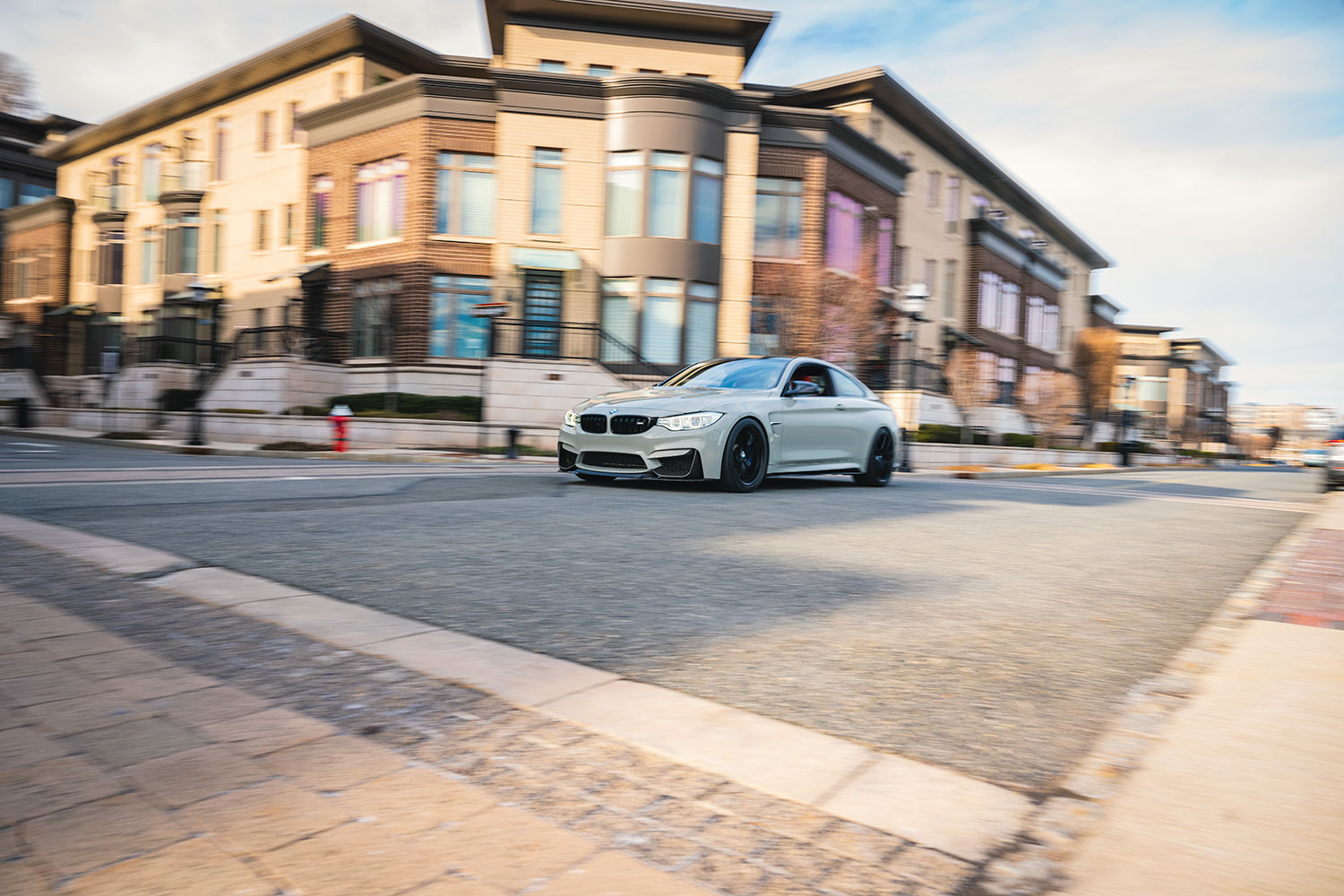
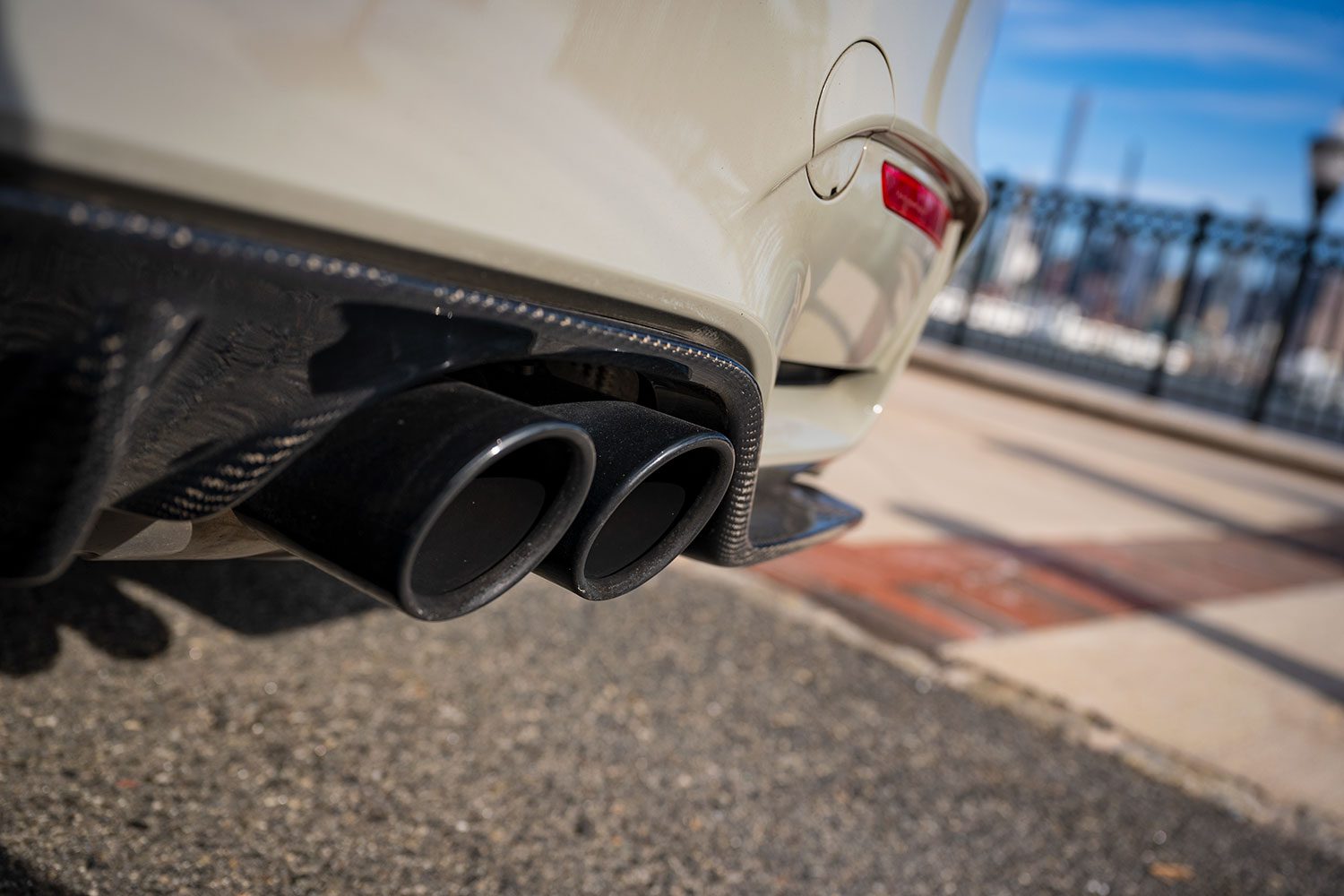
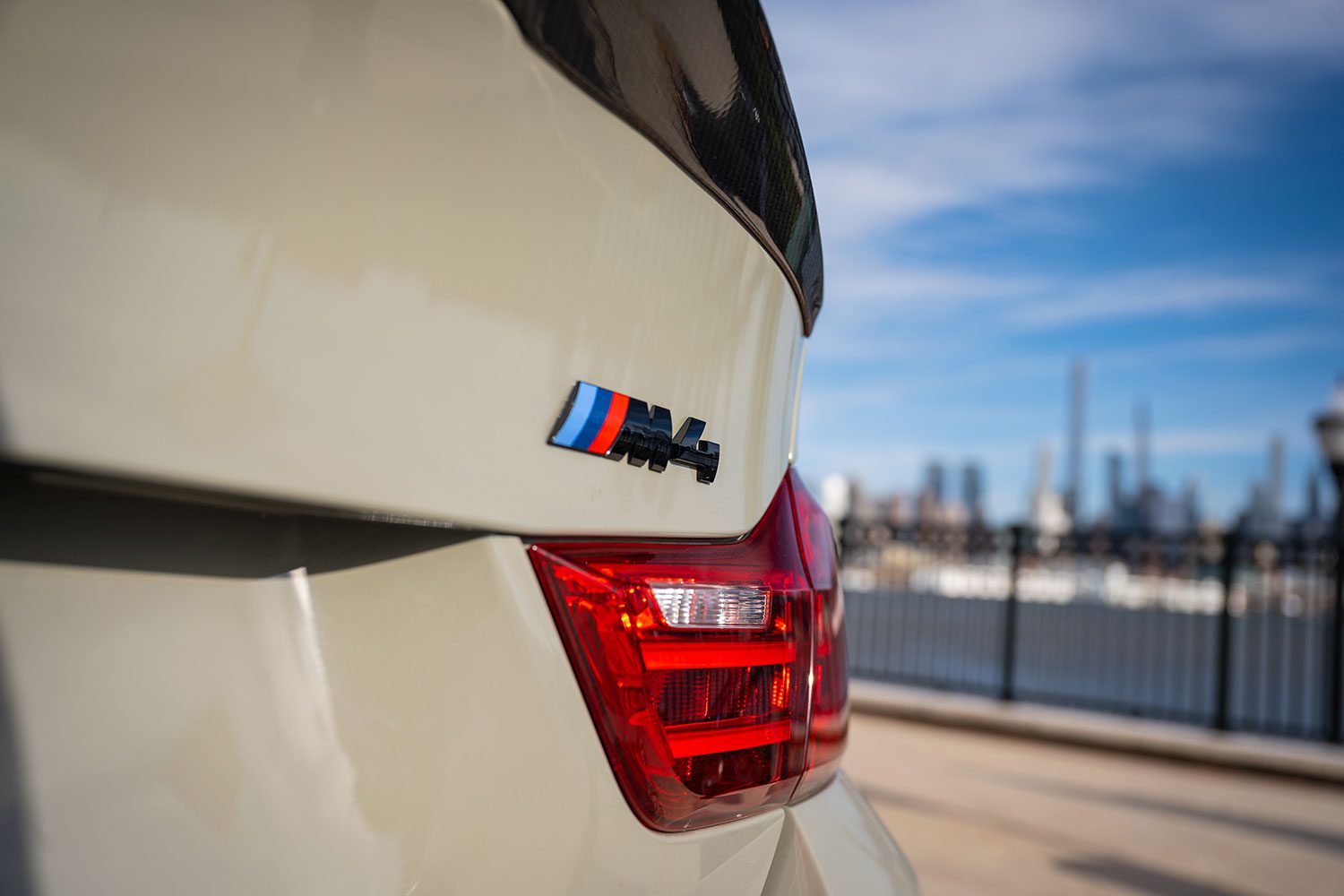
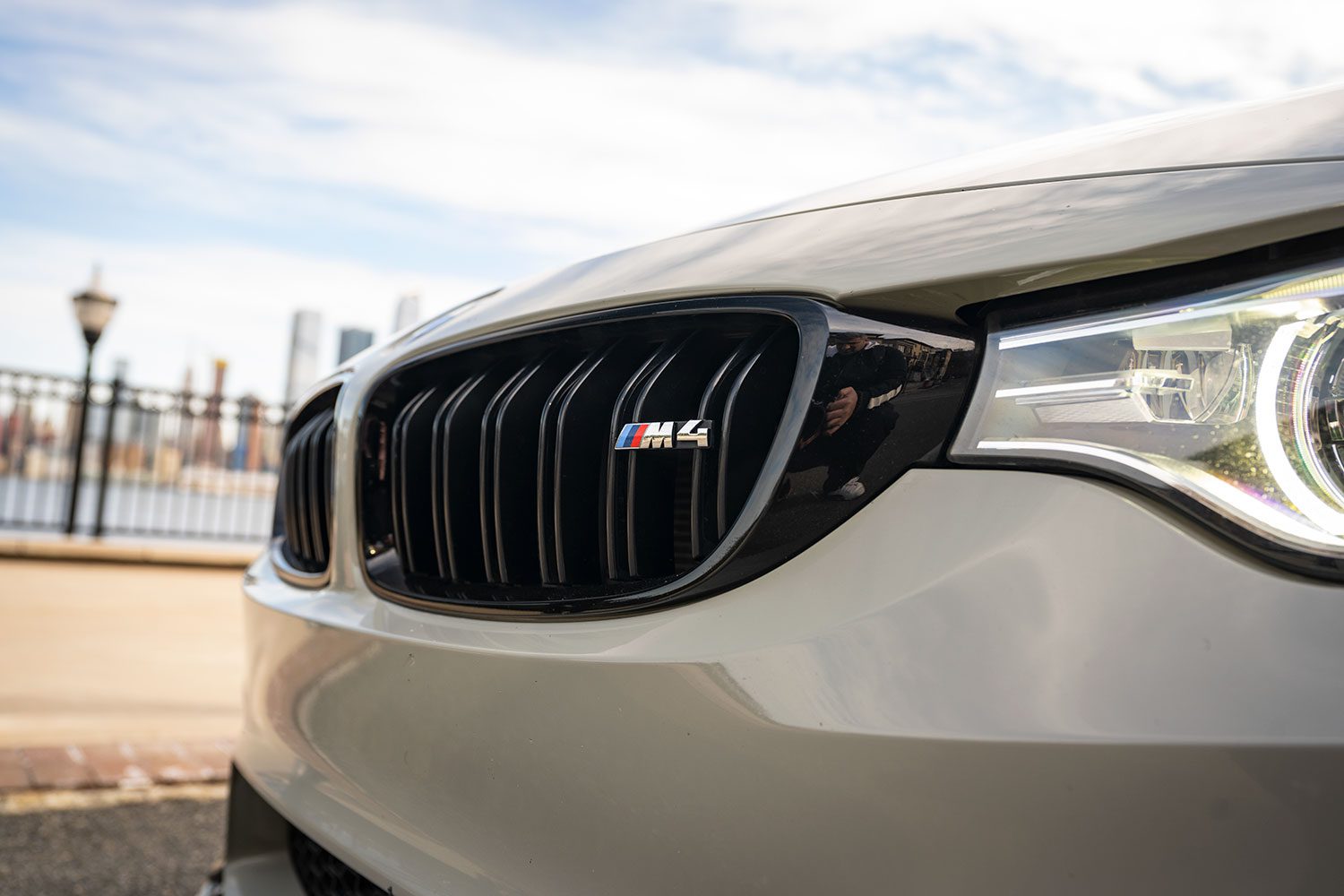
M4 Coupe and Convertible differences
The E9X generation introduced a folding metal hard top to the M3 line, and the M4 continues the concept with a roof design that’s very similar to the outgoing generation.
The M4 Coupe and Convertible are almost identical from a package perspective, with the only changes on the roofless version being unique seats that feature an “air scarf”. This is a vent that will blow warm air around your neck for chilly days when you’d still like the top down. You could get it in Competition Package trim, but no special versions of the convertible version were available.
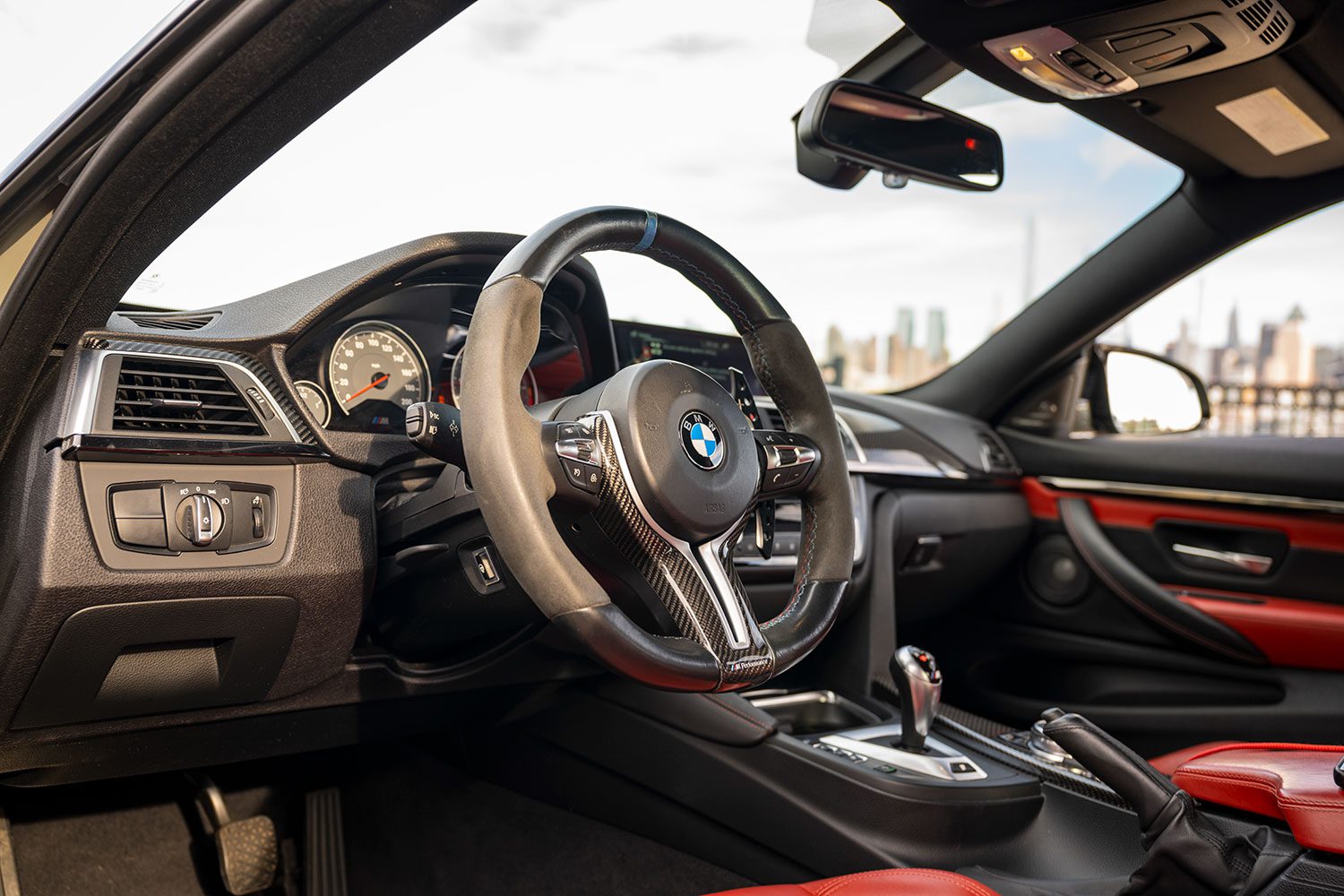
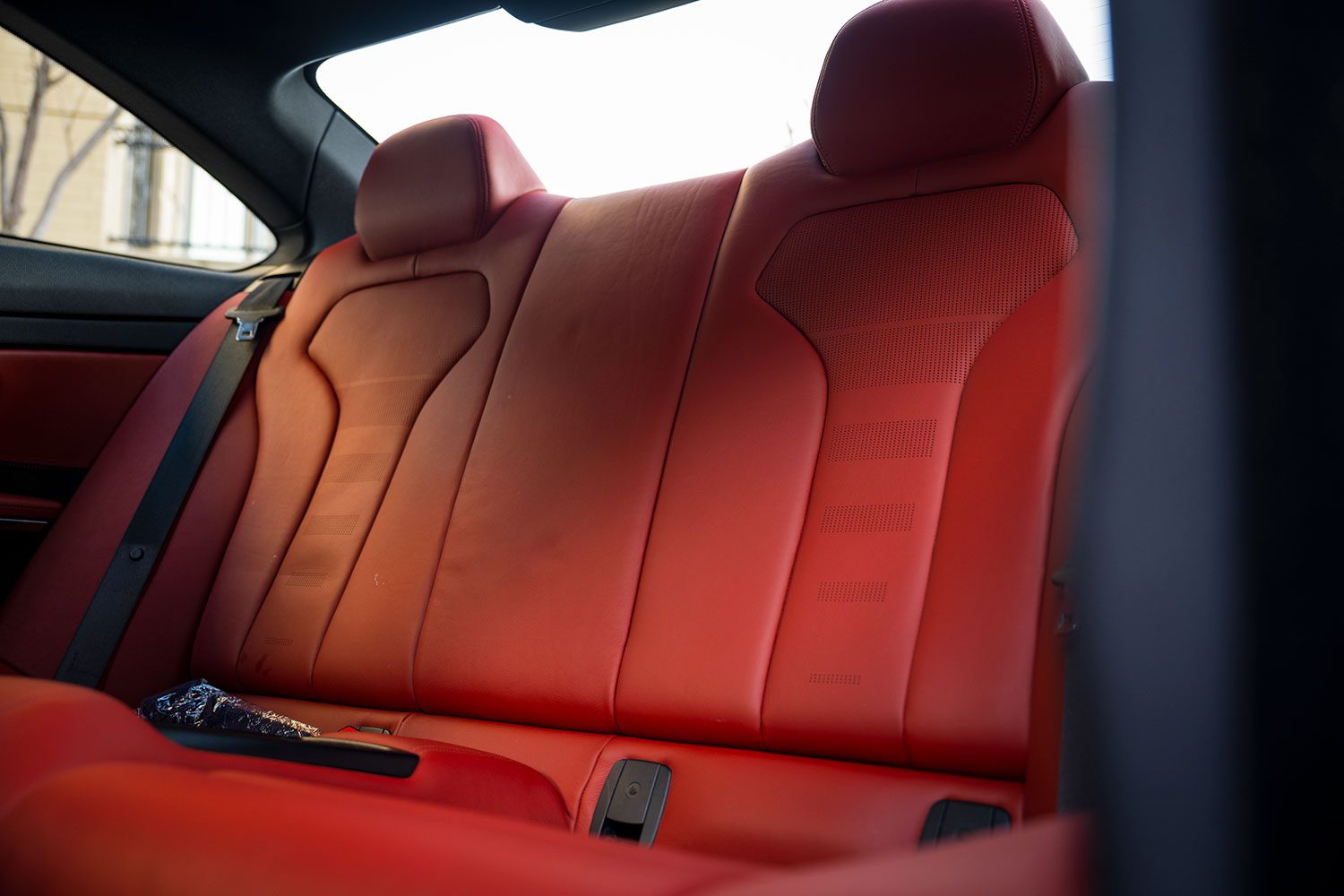
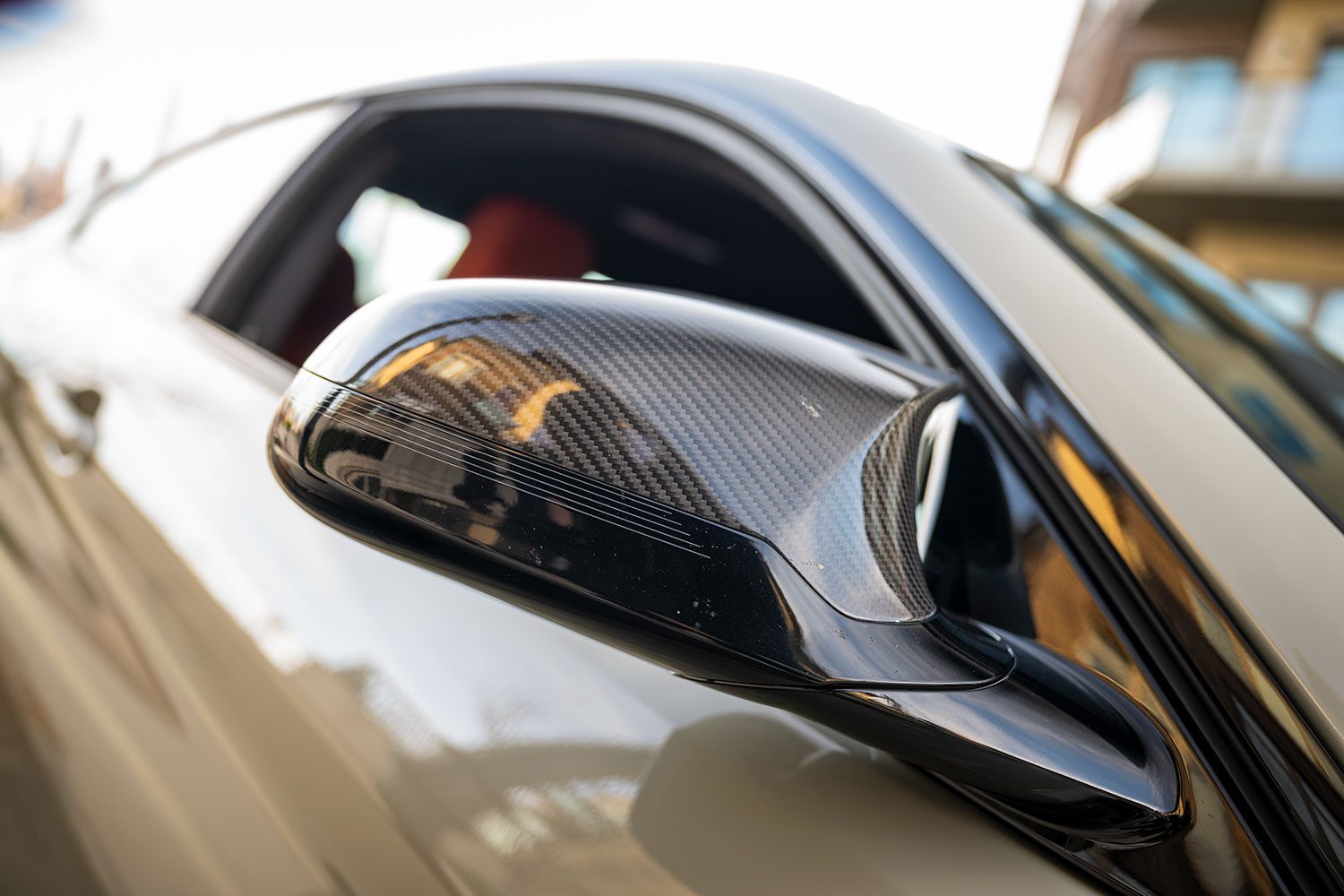
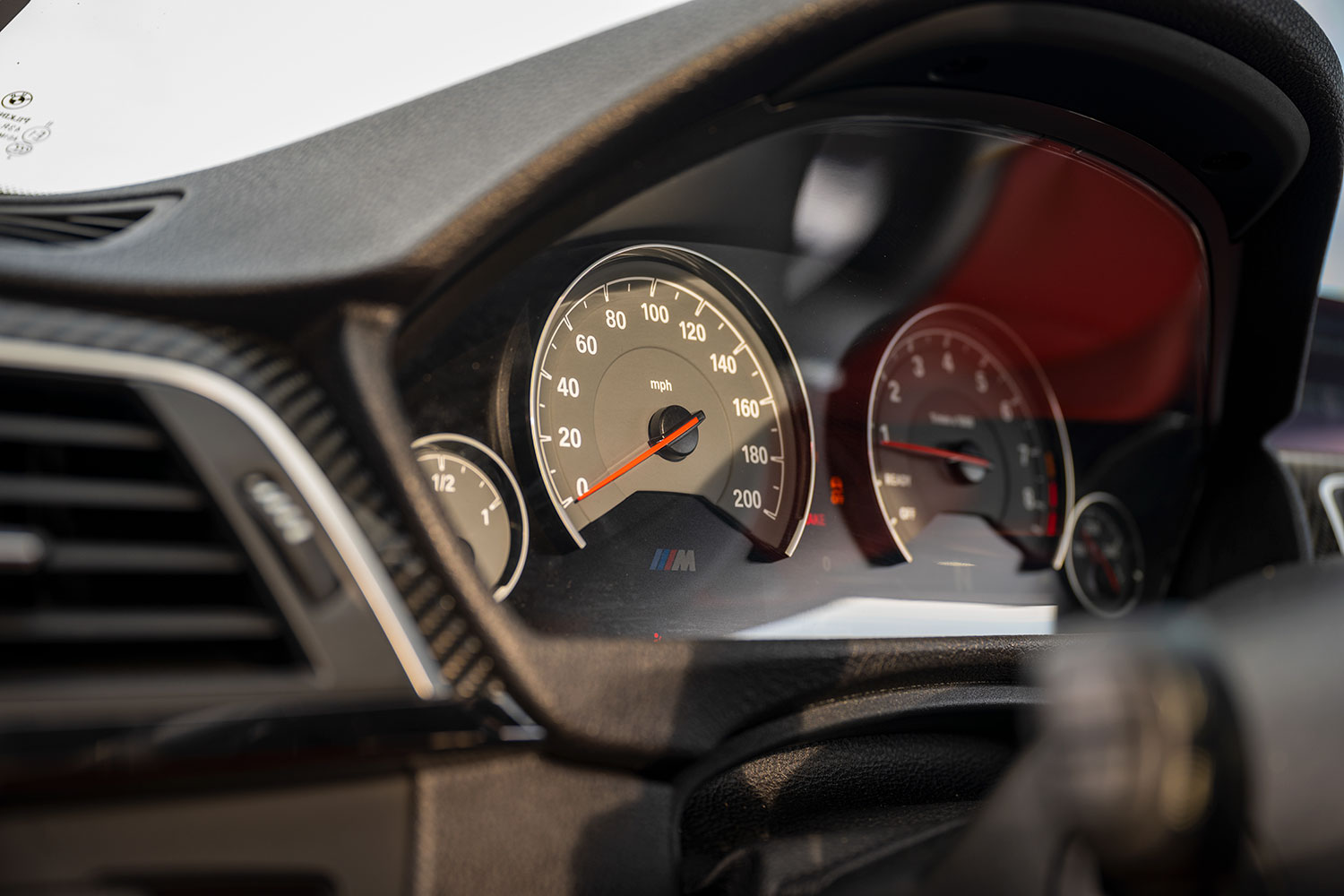
The Competition Package and LCI updates
In generations past, you could order your M3 Coupe with the ZCP, or Competition Package. While always desirable, the M4’s version became a must-have option in 2016. It included:
- More power (444 vs 425)
- Style 666 wheels from the GTS, 19-inch in front, 20 in the rear.
- Standard M Adaptive Suspension with revised tuning
- 15% stiffer springs
- Revised M Mode tuning (Comfort mode is roughly equal to Sport in the standard M4)
- Louder exhaust with black outlets
- Black badging
- Unique, lighter seats inside
- Nice M-tri-color seat belts like those found in the current crop of M cars.
- Added $5,500 to the price
In 2018, BMW updated the M4 with what’s known as an LCI, or Life Cycle Impulse. It’s a mild update that every BMW receives over the course of a generation. For the M4, you get:
- New “Icon Adaptive” LED headlights
- New LED taillights that replace the ridiculous incandescent ones (these were introduced in 2017, a model year before).
- A new iDrive system inside, (iDrive 6)
- Some new available colors to choose from.
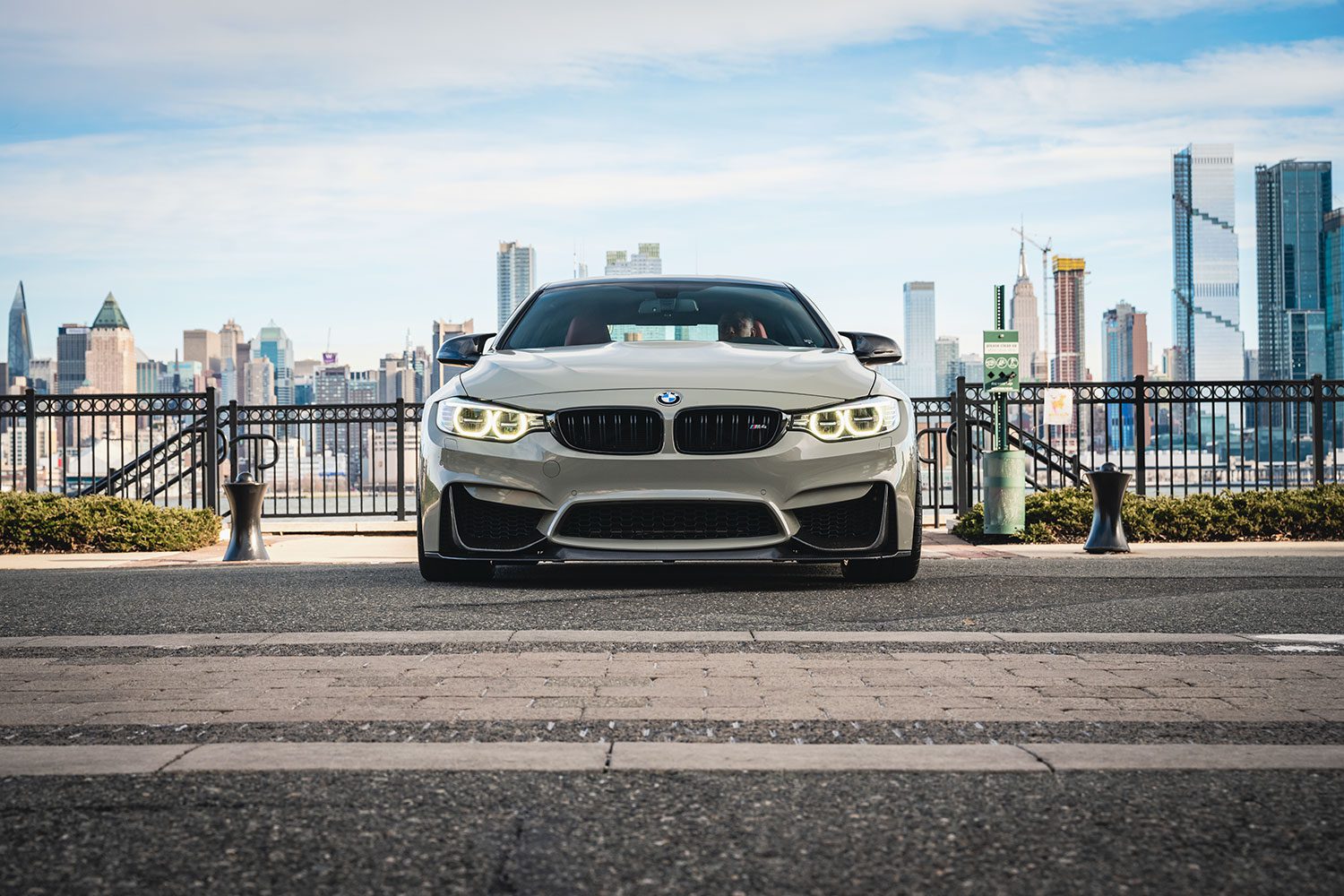
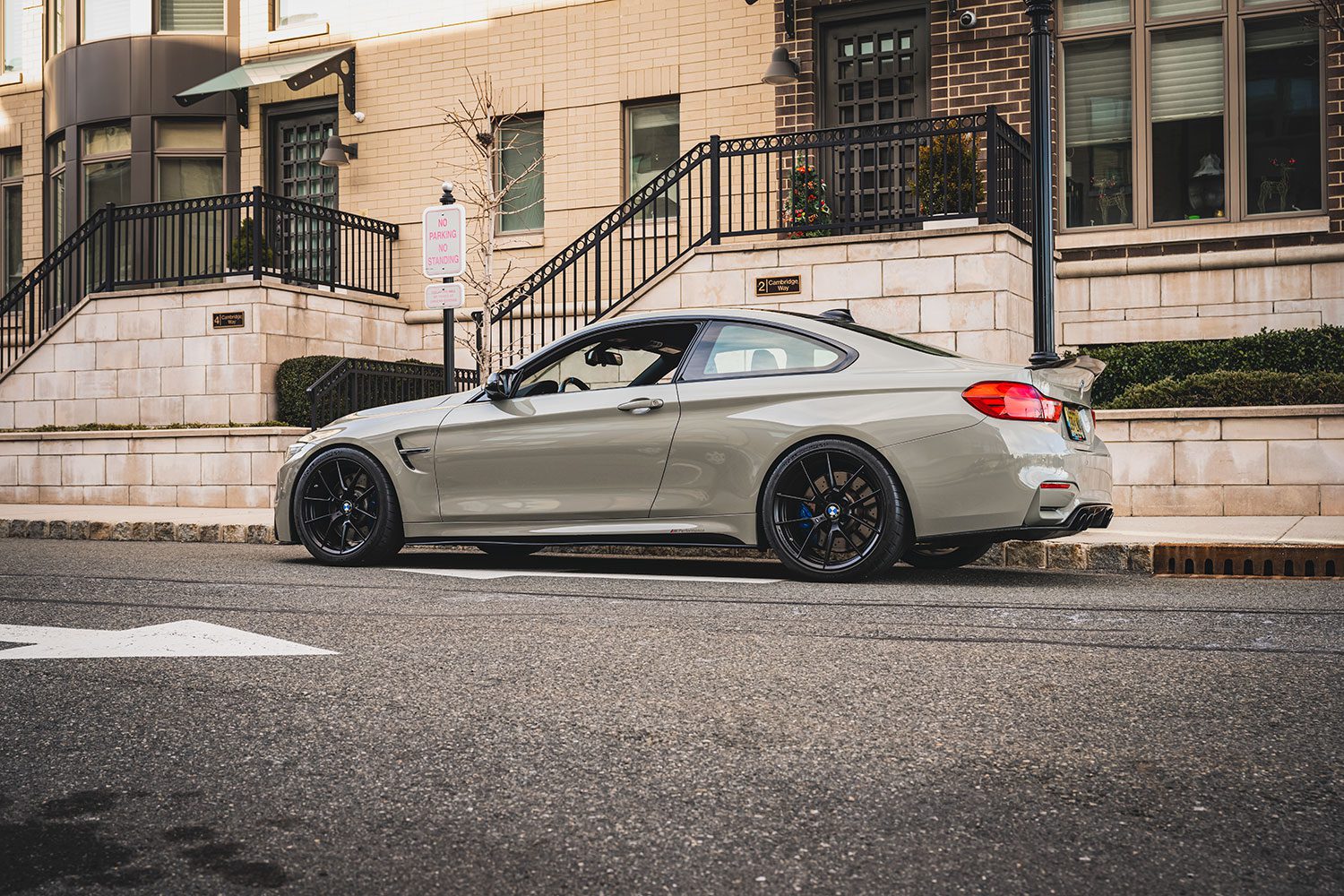
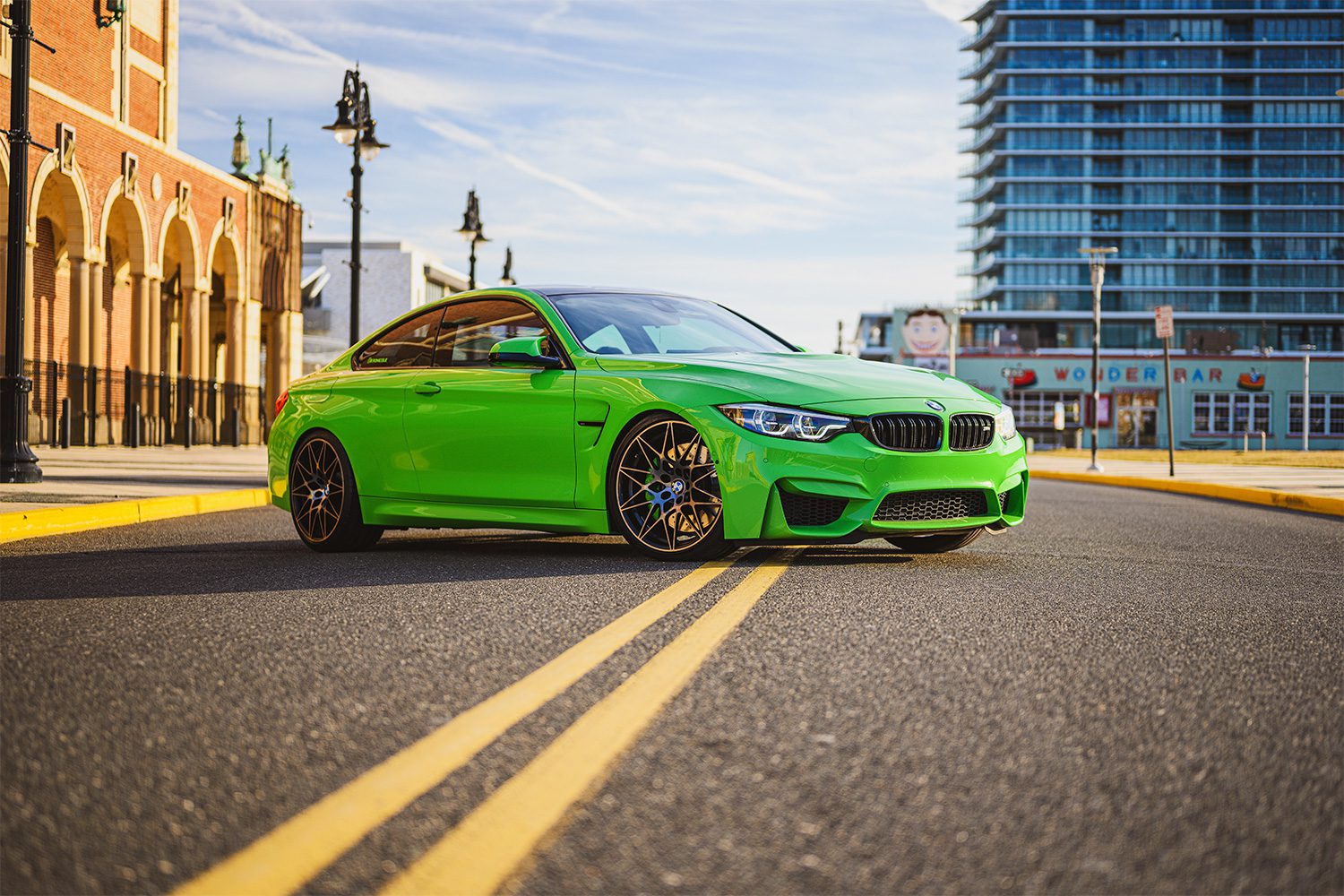
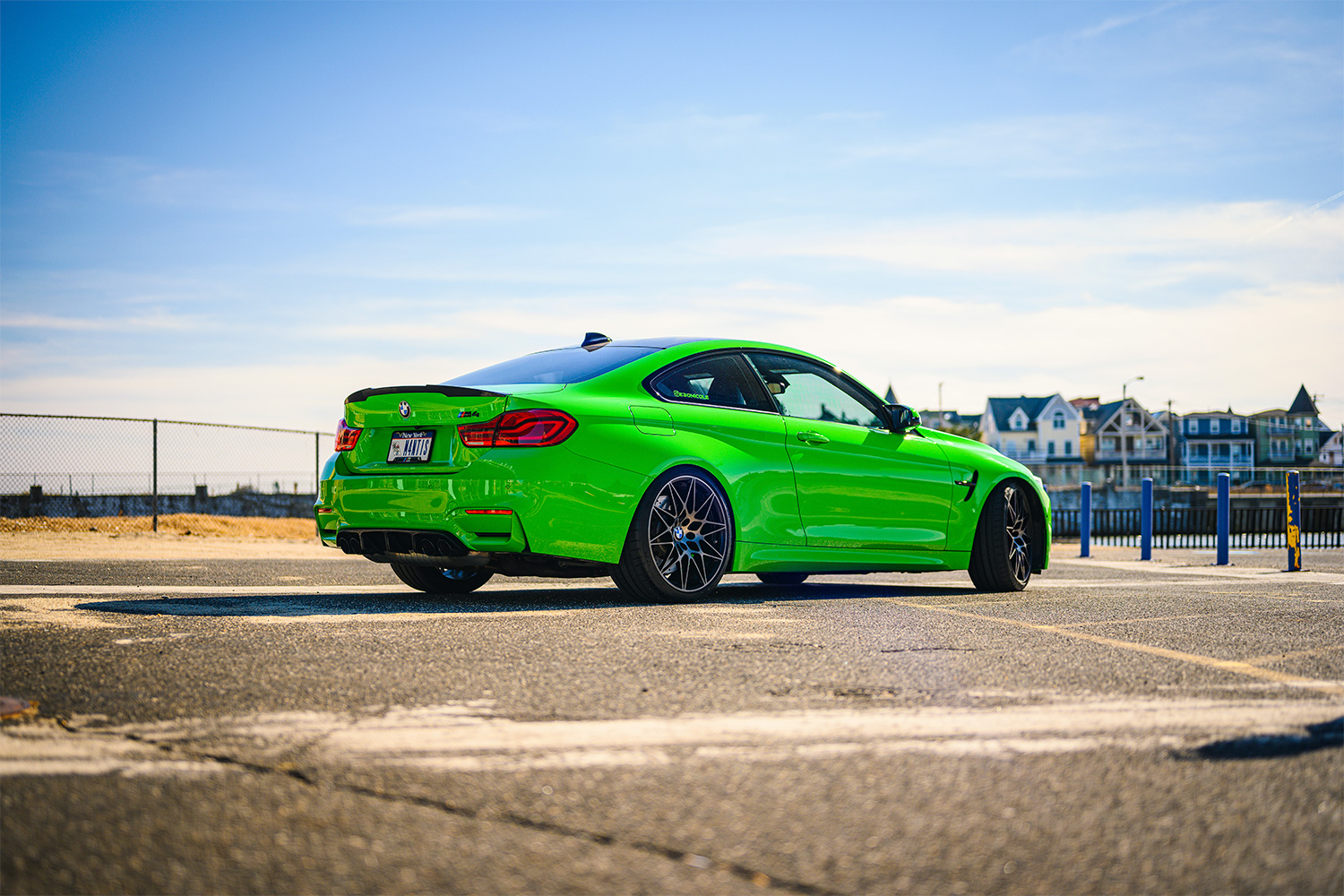
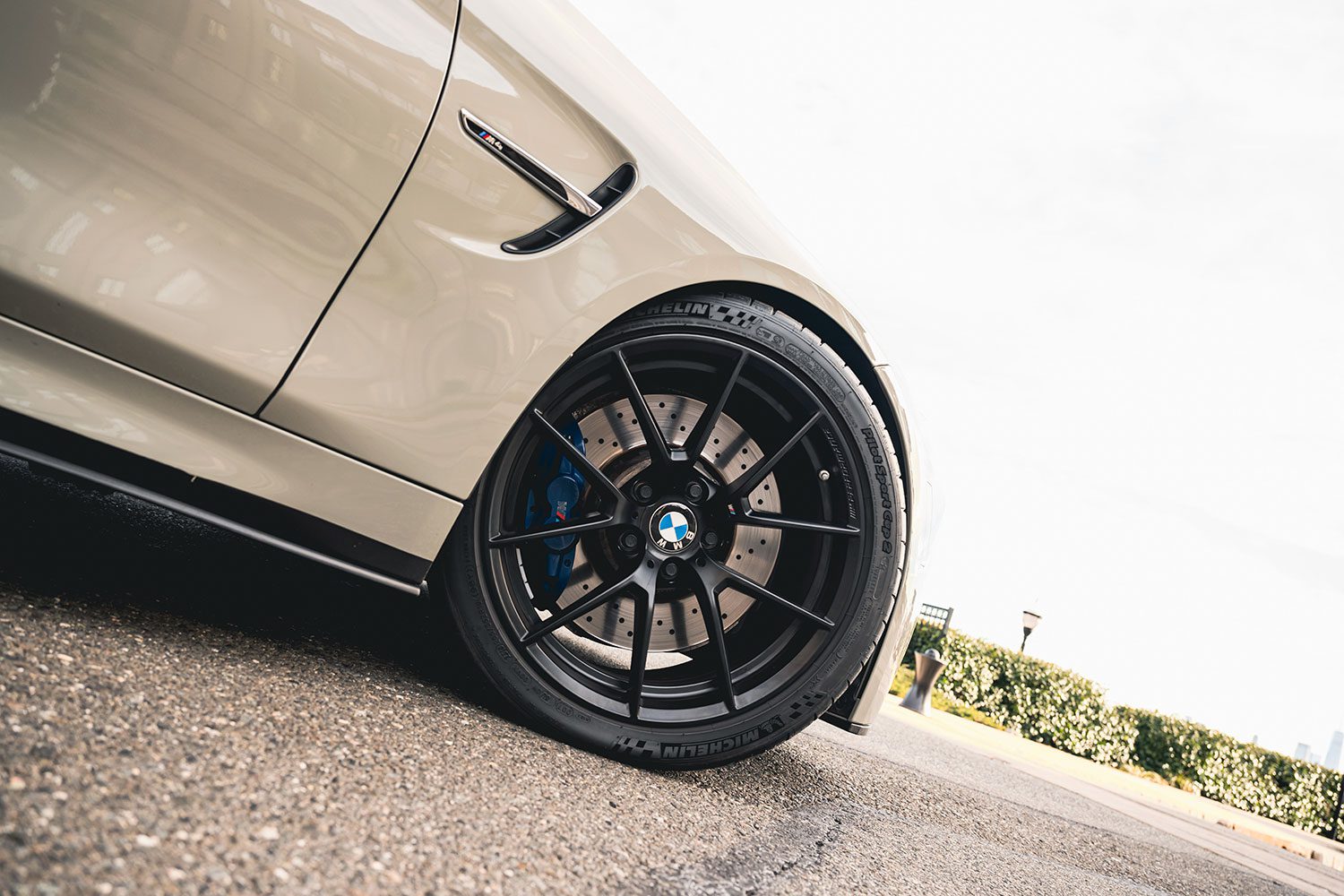
Special editions, the M4 CS, and the M4 GTS
With the M4 being a sort of halo car for the brand, there were many unique versions.
The M4 GTS
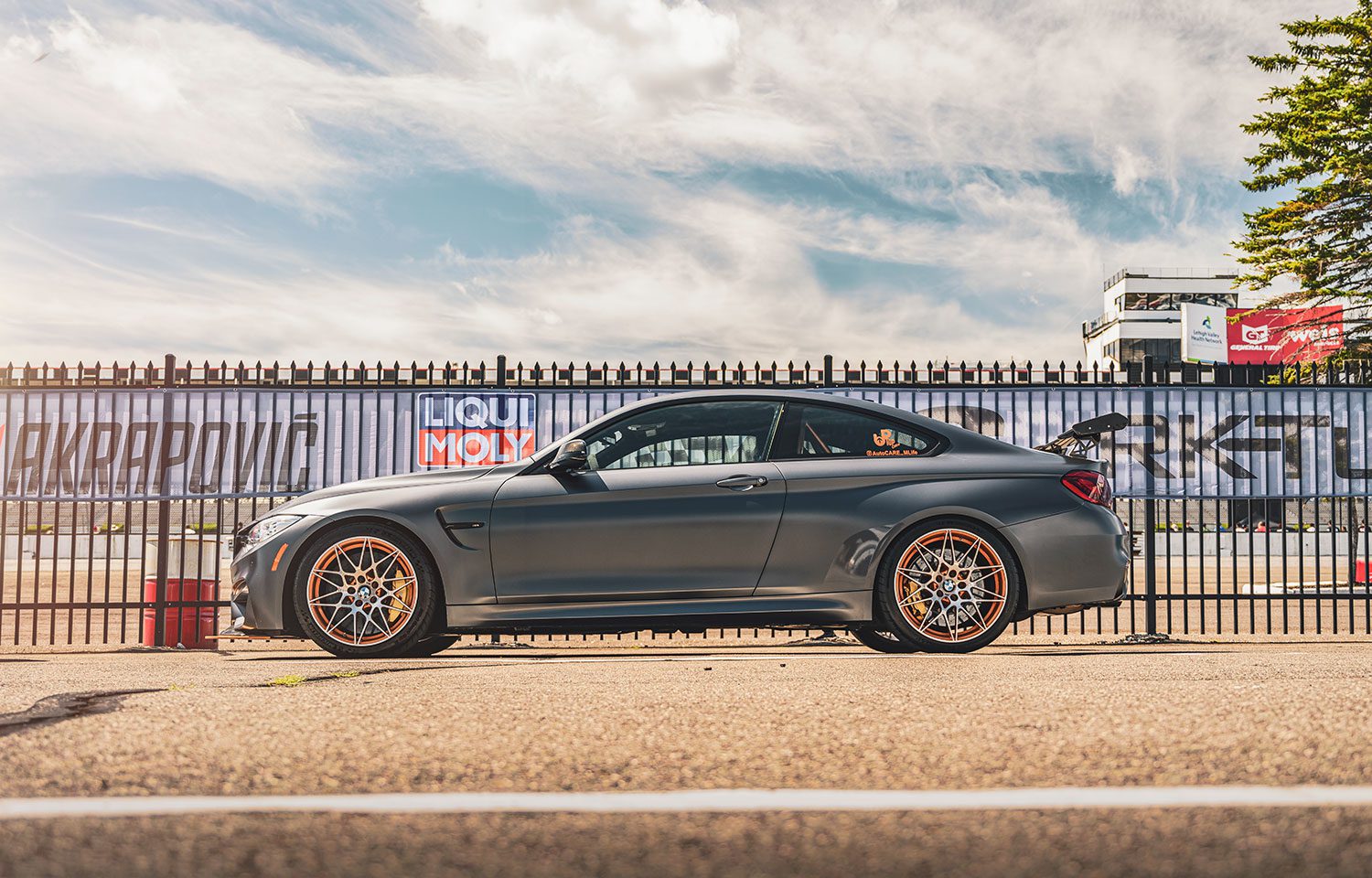
First up was the GTS, introduced in 2016. Taking ques from the E92 M3 GTS (not sold in the US), this M4 brought many special touches. The most impressive was a unique, and BMW-first, water spray system that helped cool the engine. Located in the trunk, the system can be filled with simple distilled water, and allows the GTS to produce more boost (21.6 vs 17.2) and thus more power (493, vs 444 in the M4 Comp).
In addition, the GTS gives you:
- Standard carbon-ceramic brakes
- No arm rest (because race car)
- Unique carbon fiber hood, driveshaft, rear wing, front splitter, and rear bulkhead
- Interior trim taken from the BMW i3 to reduce weight, and a deleted arm rest.
- Alcantara-covered steering wheel and trim
- Fabric straps to close the door
- A Fire Orange-painted roll cage
- A DCT (no manual is offered)
- Unique 666-style wheels with Fire Orange accents
- Michelin Pilot Sport Cup 2 tires
- Three-way adjustable dampers that require a tool kit to lower the car .8 inches. Best used on track days.
Just 300 were brought to the US. Price new was $134,000, but depreciation has hit them hard, and can be picked up for as low as 75k with around 40,000 miles. This car might one day rise in value, but it’s not there yet.
The M4 CS
Think of the M4 CS as a GTS-lite. Not as hard core, you still get some good bits, but the CS is a more livable car to deal with each day. Here, you get:
- No arm rest (again because race car)
- Alcantara-covered steering wheel and trim
- Thinner door padding
- Fabric straps to close the door
- Carbon fiber hood (with GTS vent)
- 10-hp boost, to 454
- Special tuning for the differential, DCT, suspension and steering
- A split duck-tail spoiler
- Unique wheels (763 M)
- A few special colors
1,000 were brought here over two years, at a base price of $104,000. A quick search shows prices hovering at around 70-85k. I don’t think the CS offers much difference to justify the price increase, and living without an armrest or sound padding might be a big price to pay for looking cool at the car show. Newer versions of the M2 CS and M5 CS offer more.
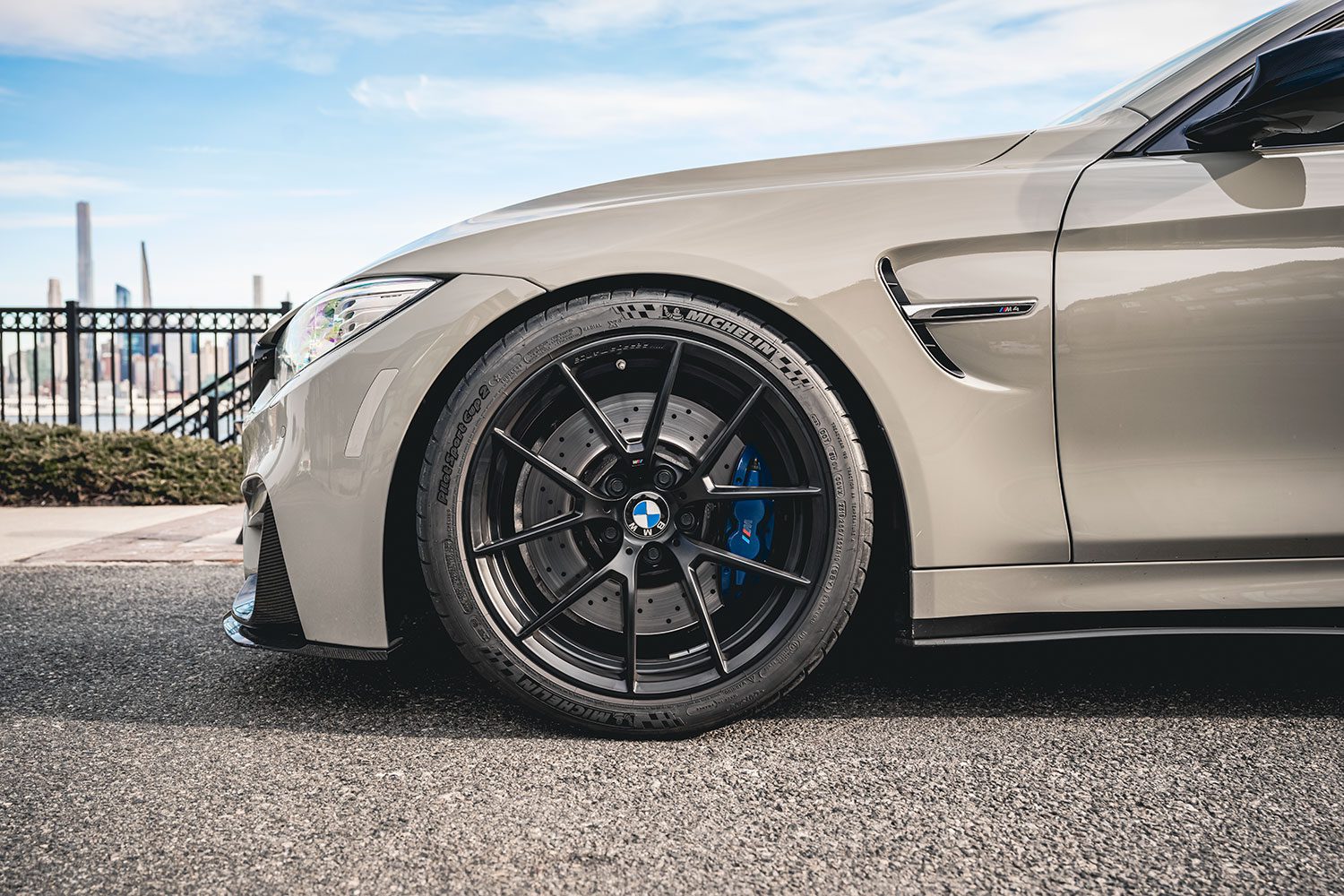
The M4 Heritage Edition
A subtle nod to the F8X generation before it finished production, the Heritage edition was available in 2019 only and offered some nice details from the standard M4.
- M stripes on the carbon fiber roof
- M colors on the interior carbon fiber trim
- Three available color combinations: Imola Red/Black leather, Leguna Seca Blue/Silver and black leather, or Velvet Blue/Silver and black leather
- Standard Comp pack
- Orbit grey wheels, style 666
A total of 750 Hertiage Editions were produced. Current pricing is hard to come by, as not many are off lease yet. Expect a slight premium over a standard M4.
The M4 GT4
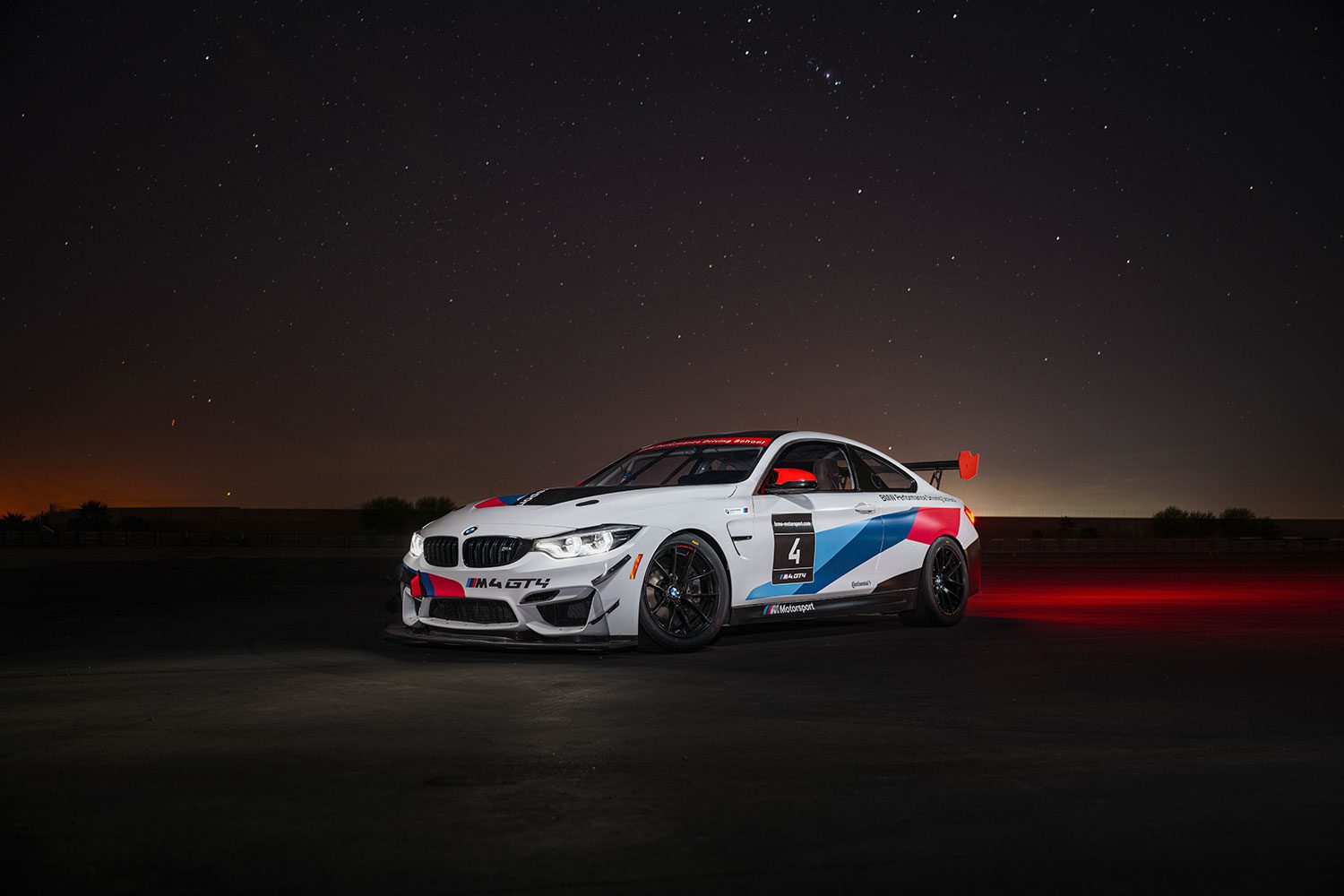
This is the race-prepped version of the M4, and I reviewed that car previously at the BMW Performance Center.
It isn’t street legal, but a full-on race car. You can drive one for a day at the school.
BMW Individual
The F82 M4 was, in my opinion, the first BMW to really embrace the individual color option. As a result, you’re likely to find more Individually-painted M4s than any other BMWs. Here’s a sample of some I’ve come across over the years, including our hero car for this article, a Fashion Gray 2015 M4. The question of “Is Individual paint worth more?” is hard to answer. What’s it worth to YOU?
F82 M4 Color Gallery
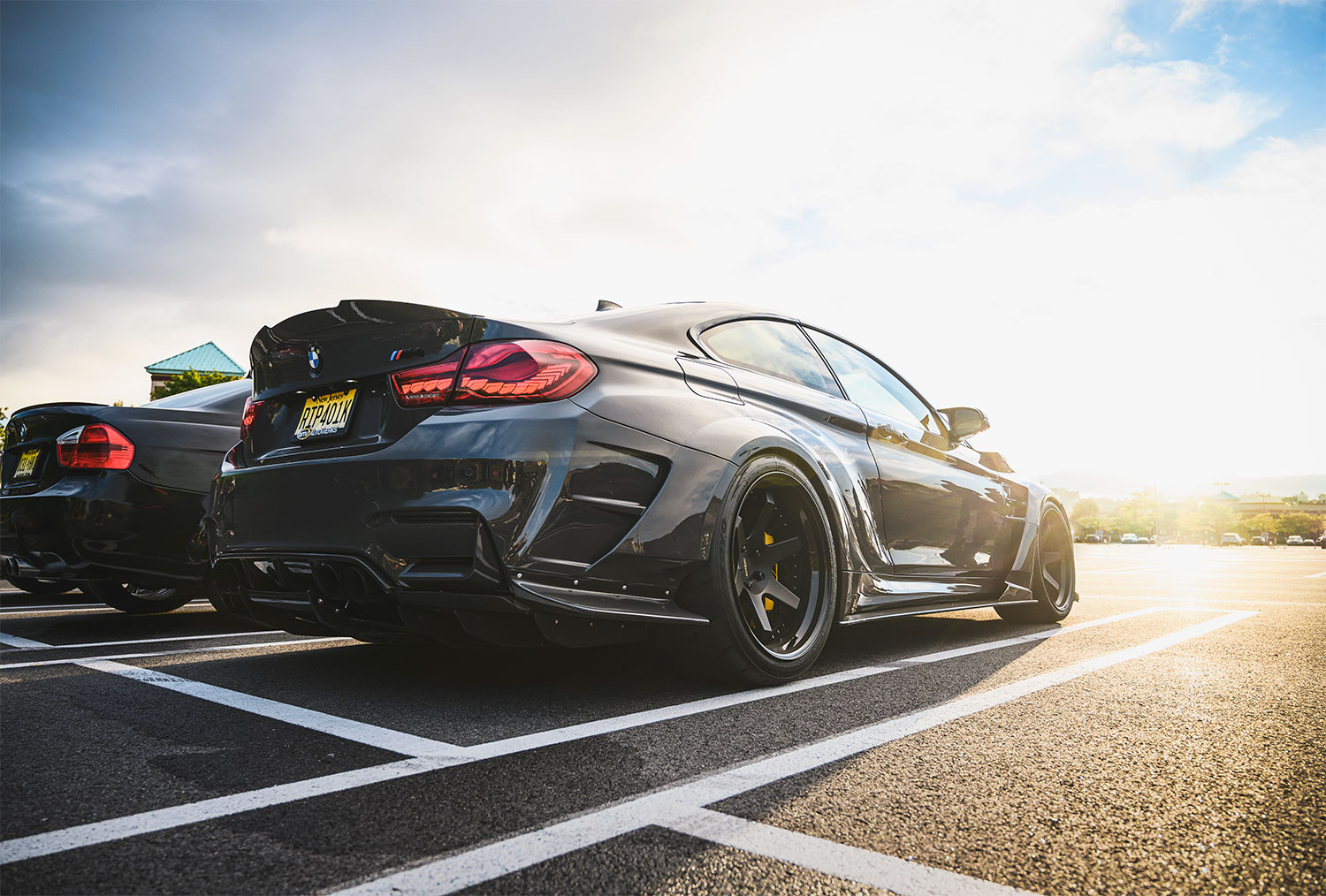
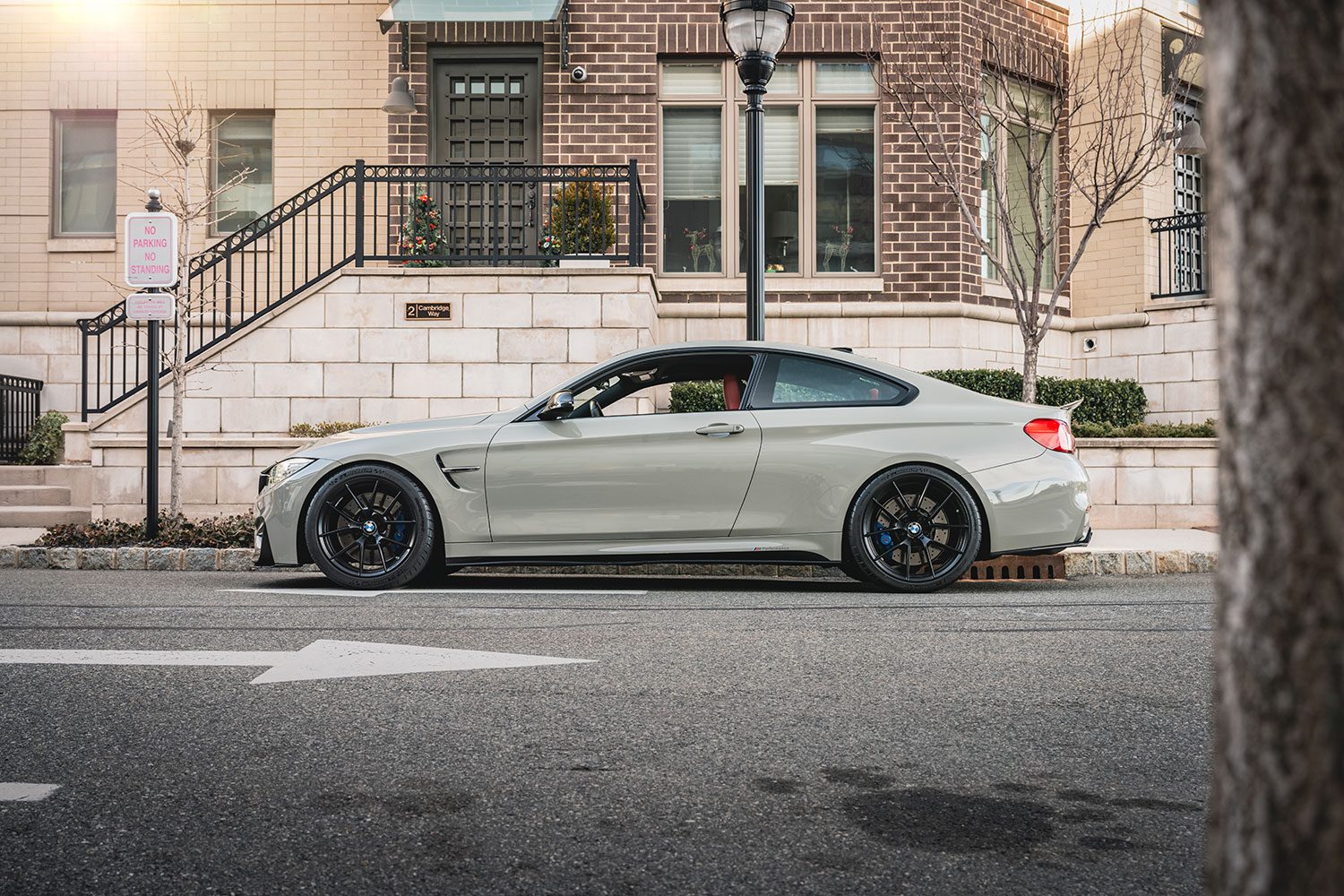
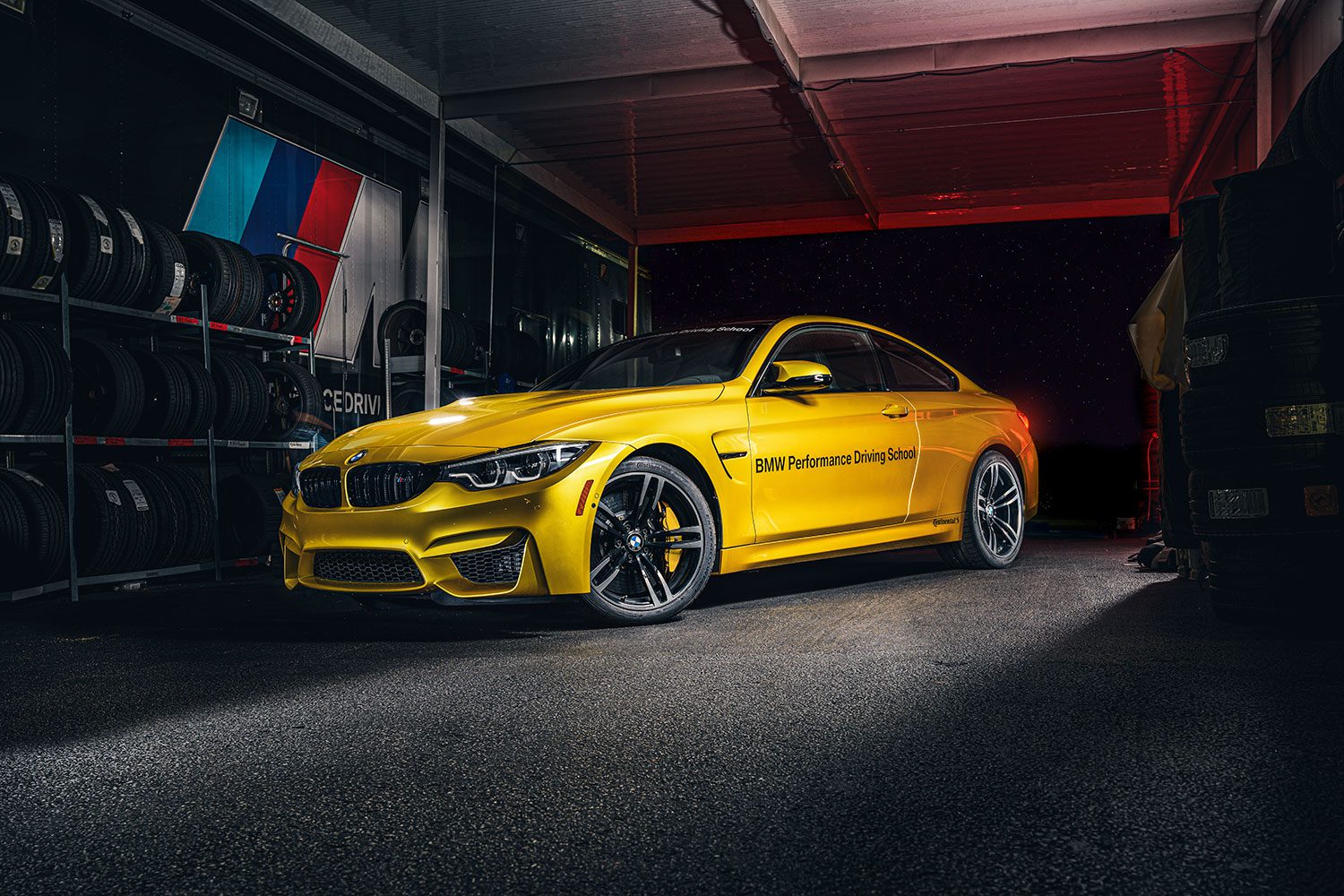
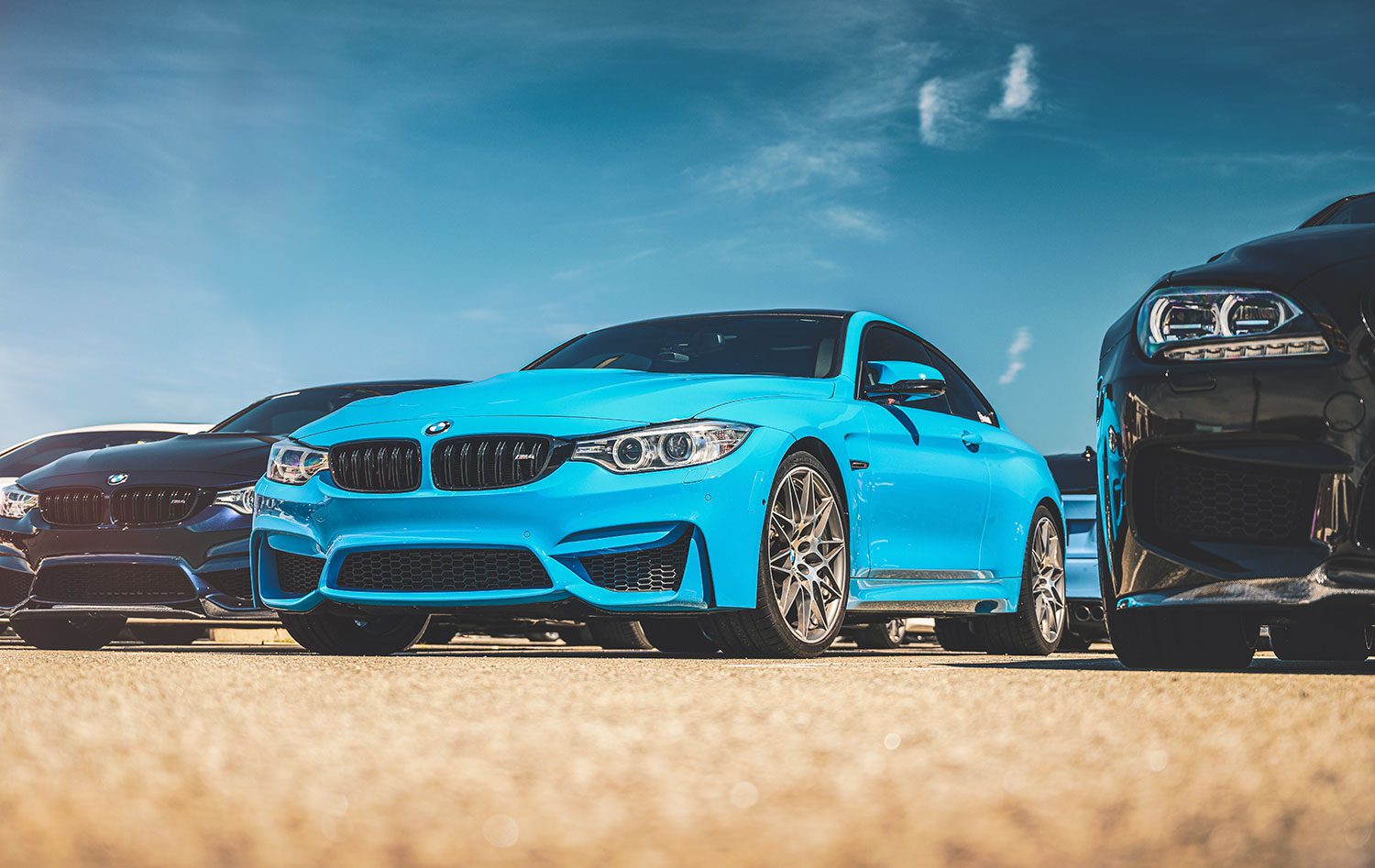

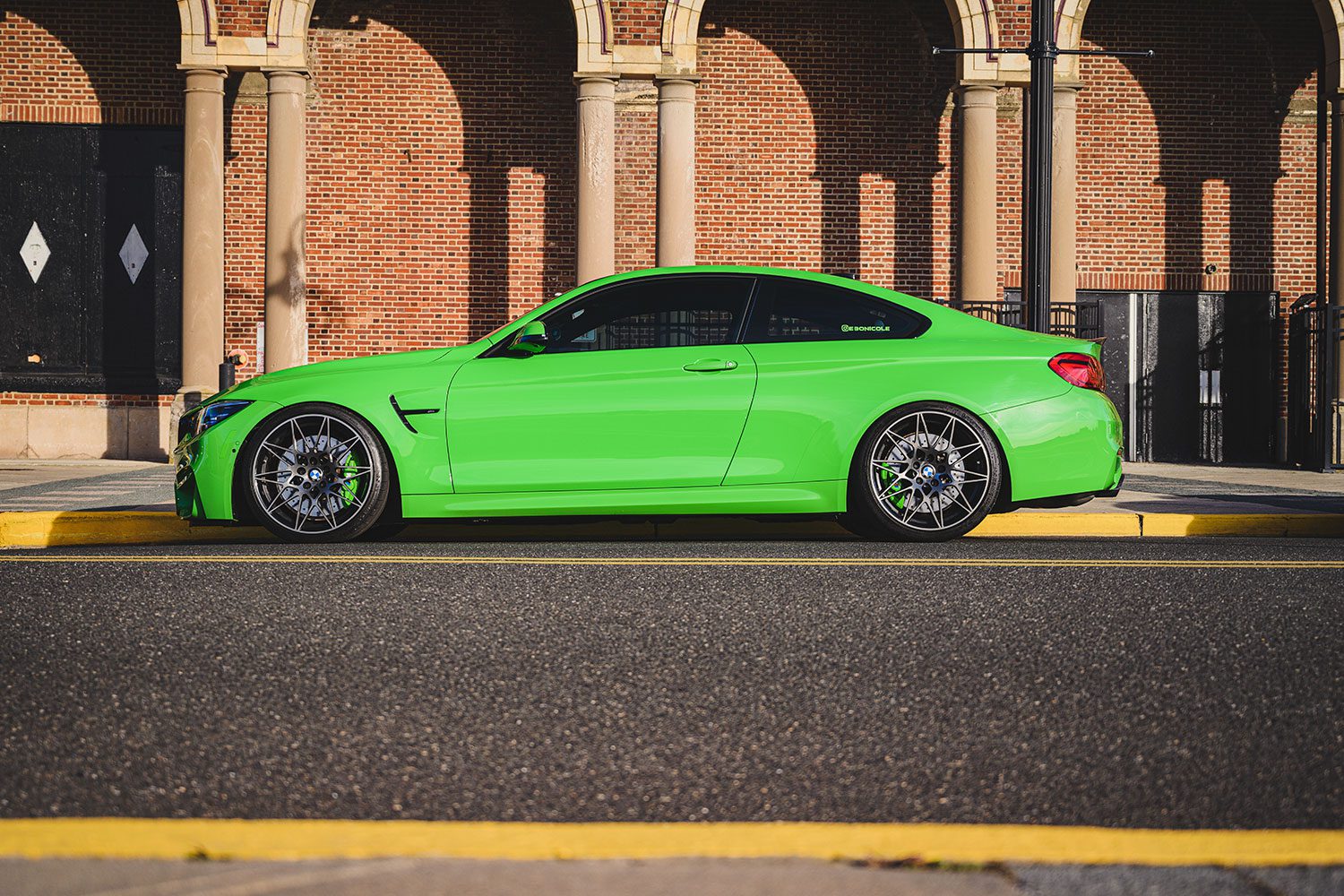
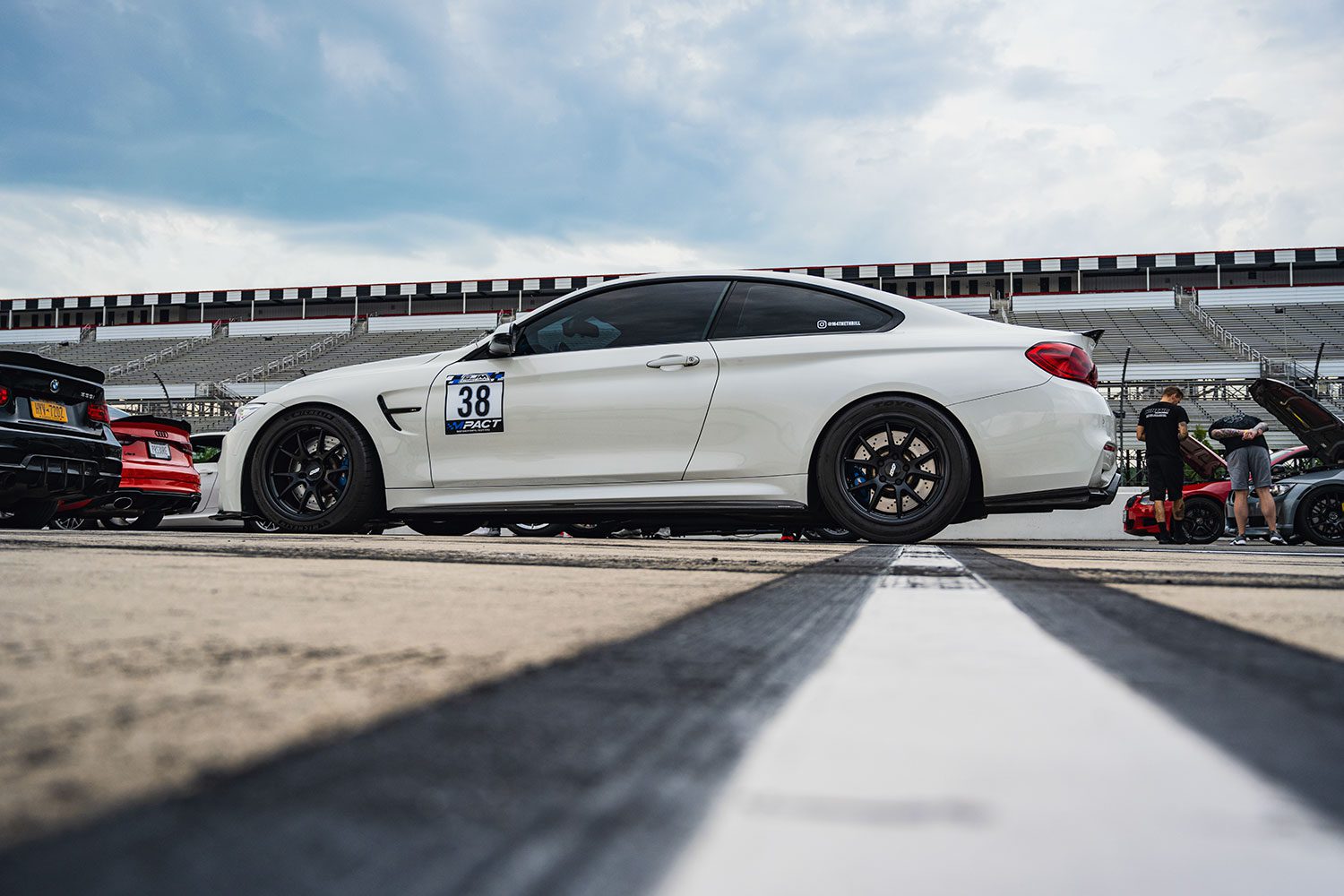

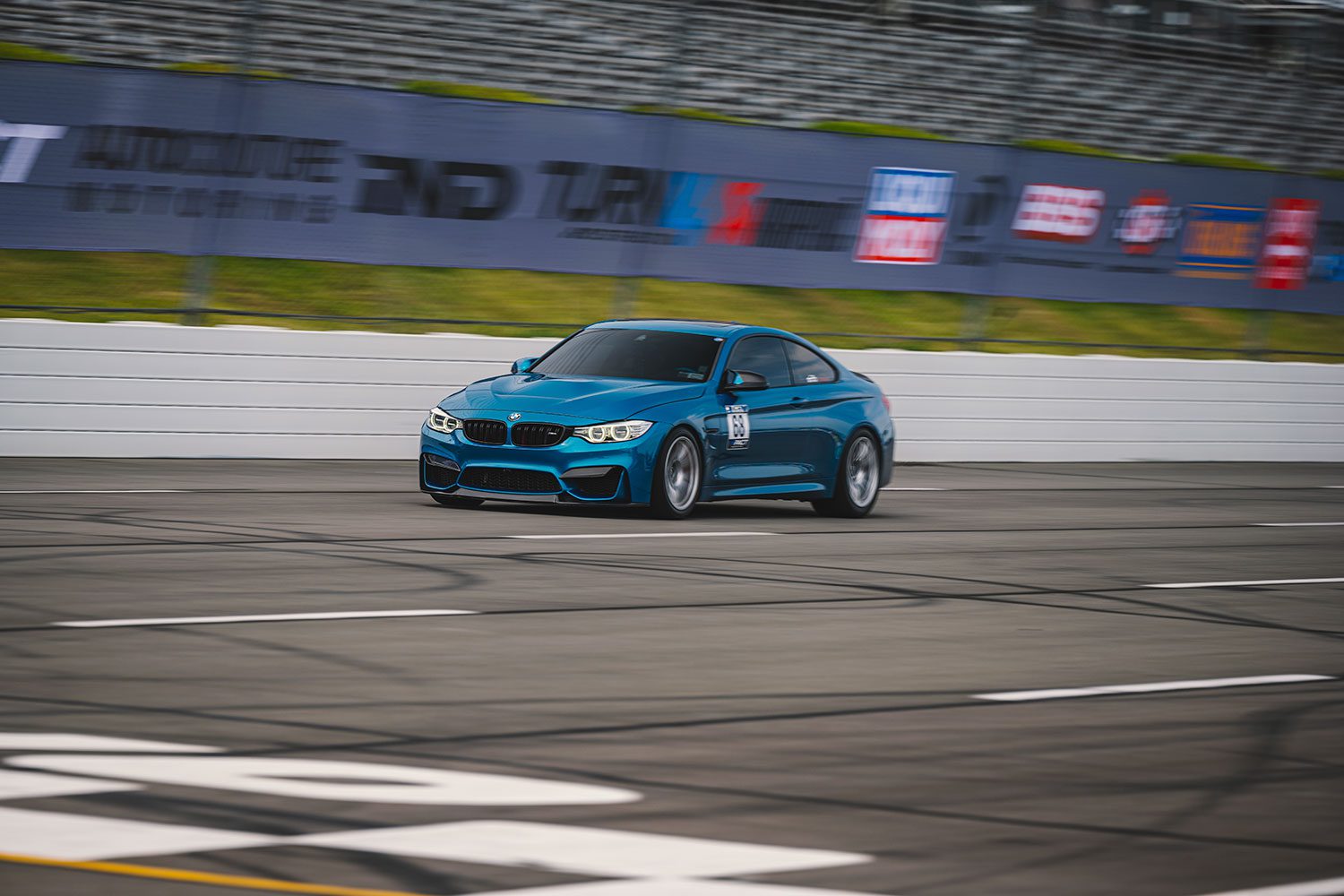
Where to find one, and the importance of doing a PPI
Consider starting your search at the BMW dealer. Many F82s are still coming off lease, and you want to try and find the best example possible, maybe even still in warrenty. Beyond that, look to Cars & Bids and Bring a Trailer. BMWs pop up all the time on those sites, and are almost always in good shape.
Regardless of where you find one, a pre-purchase inspection (PPI) is critical. I will not sit here and write that BMW M cars are driven by angels, used solely for picking up baby from day care or taken out only on date night with your boo. I’ve been around hundreds of them, and while 90% are not abused, they are all driven hard.
Personally, I’d stay away from any modded car, especially one that’s tuned. You can do that yourself, and who knows just how much “’bout dat boost life” the previous owner was.
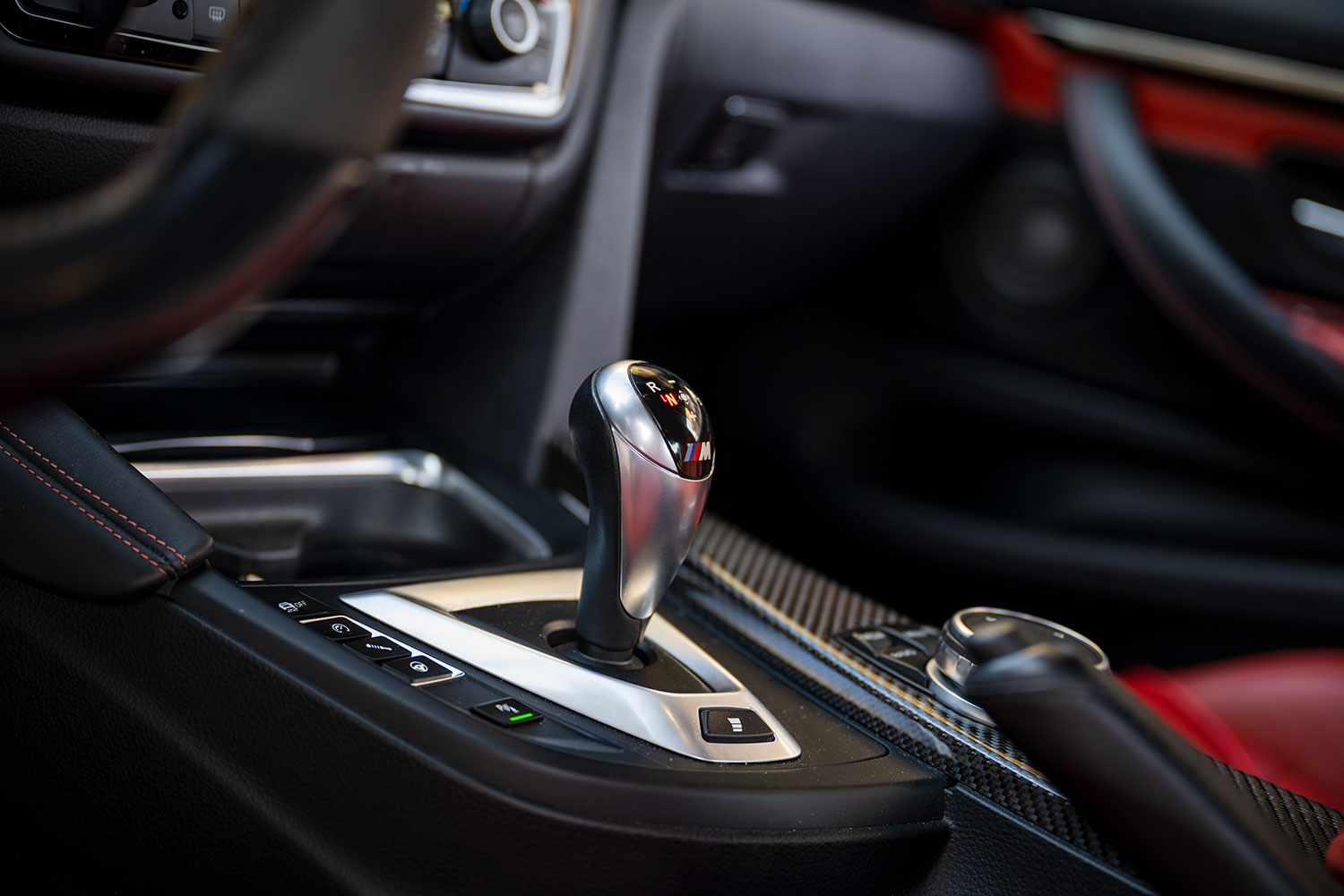
What’s a good price for a BMW F82 M4?
We’ll start our search on BaT, and it shows a variety of examples:
A low of $39,000 for a base, 6-speed coupe, to a high of 150k for a GTS. Expect a decent example to go anywhere from 45-65. M3s seem to go for a bit more.
Moving on to Cars & Bids show similar pricing.
Sites like these are excellent tools to also see what past cars have sold for. The market is higher than ever as it stands in 2022, but new cars are even more expensive.
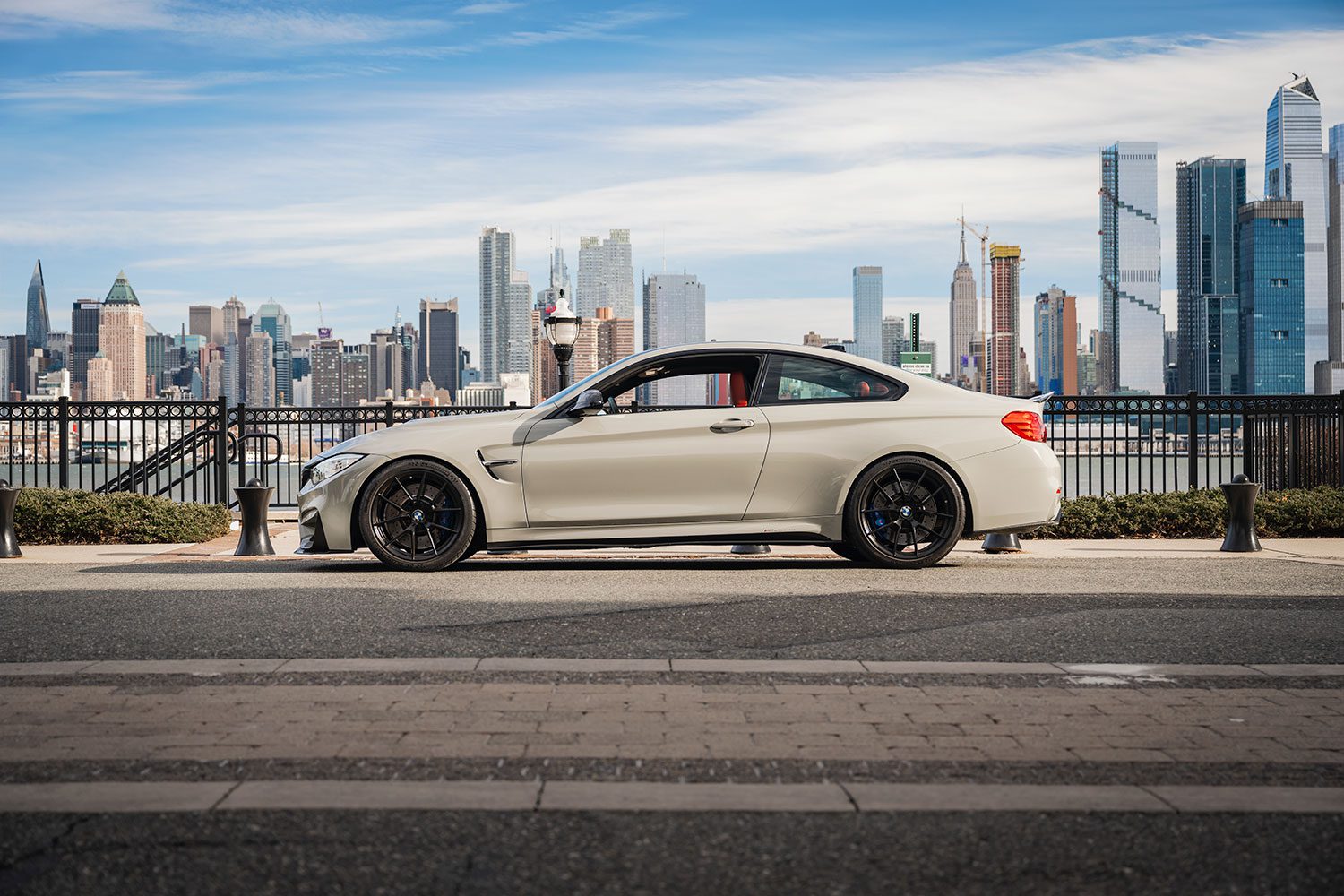
Common problems with the BMW F82 M4
I’ll start this section by saying that the F8X might be one of the more reliable M cars available, but there are still some issues. The S55 is based on the N55, of which I have much experience with.
Common F82 M4 issues:
- The crank hub
- Valve cover and valve cover gasket leaks
- Oil pan gasket leaks
- Oil filter housing gasket leaks
Of these, the crank hub is the most serious. If it goes, your engine goes boom. However, it’s a much more common problem if you up the boost on the car, and that’s another reason why a PI is a good idea. If the bearings on the S65 were a big problem, this crank hub on the S55 is much less so, but if you don’t know the history of your car, I’d look into getting a new one. Cars with manual transmissions are much less prone to the issue vs those equipped with DCT due to the kick down feature of the DCT. It’s also more prevalent on cars that are tuned beyond GTS power levels.
All the gaskets on the list are a point of contention if your car is not garage kept. If that’s the case, you should change them at around 60,000 miles. If it is garage kept, those gaskets should be good until 100,000 miles. On every BMW I’ve owned, I carry around an extra quart of oil in the trunk. They all burn it.
Other areas that might be trouble include turbocharger inlet seals, O2 sensors (if you have an aftermarket exhaust with downpipe), or occasionally, misfires.
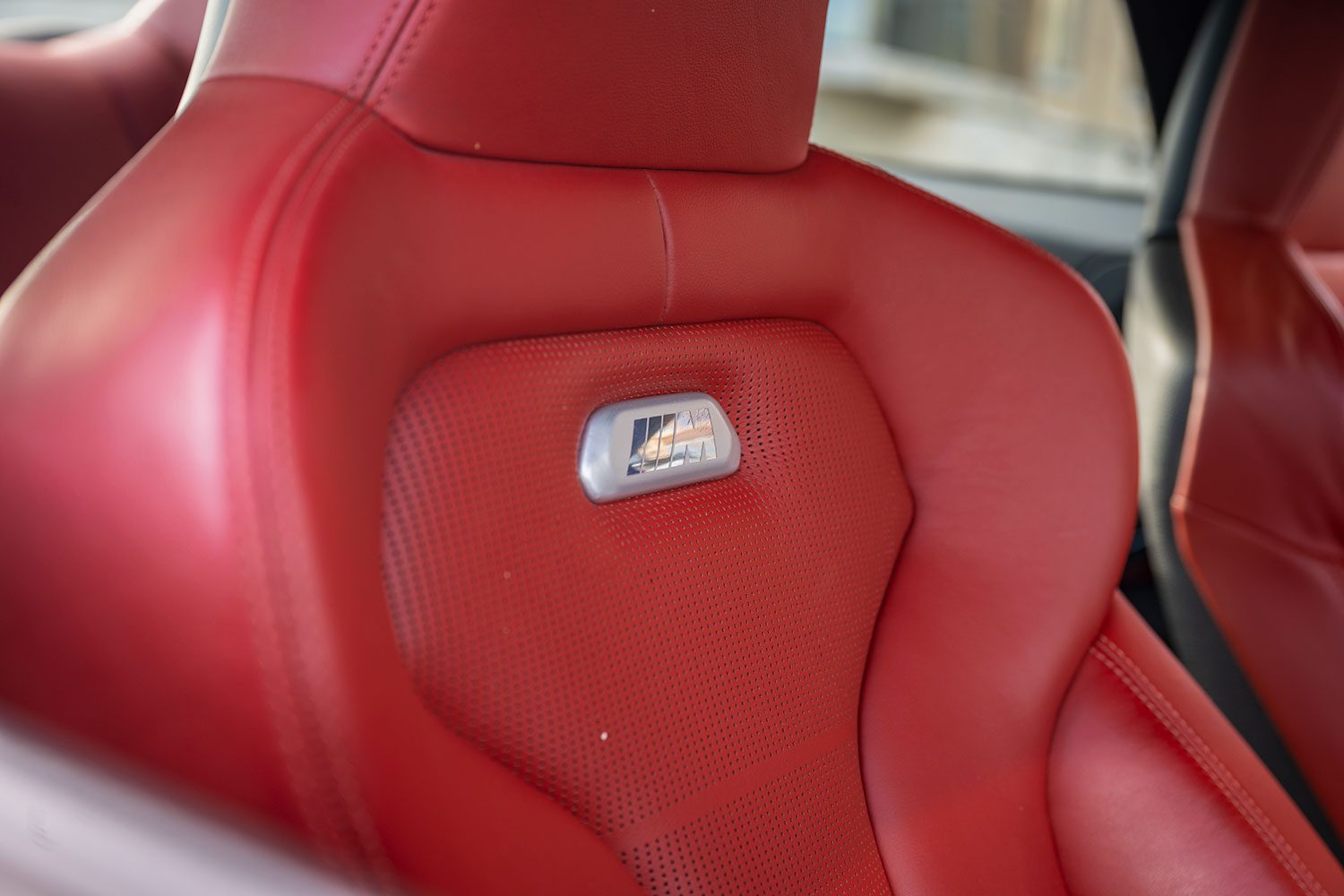
Should I buy an F82 M4?
Cars are, as always, an emotional purchase. With some higher-mileage examples dipping into the $30,000 range, the F82 represents a good way to get started in the world of M. That it’s one of Bavaria’s finest looking M cars does not hurt its cause. The E92 might offer more visceral thrill, and the G82 might be more refined, but the F82 offers a special kind of drive. Light up the S55 and get to it.
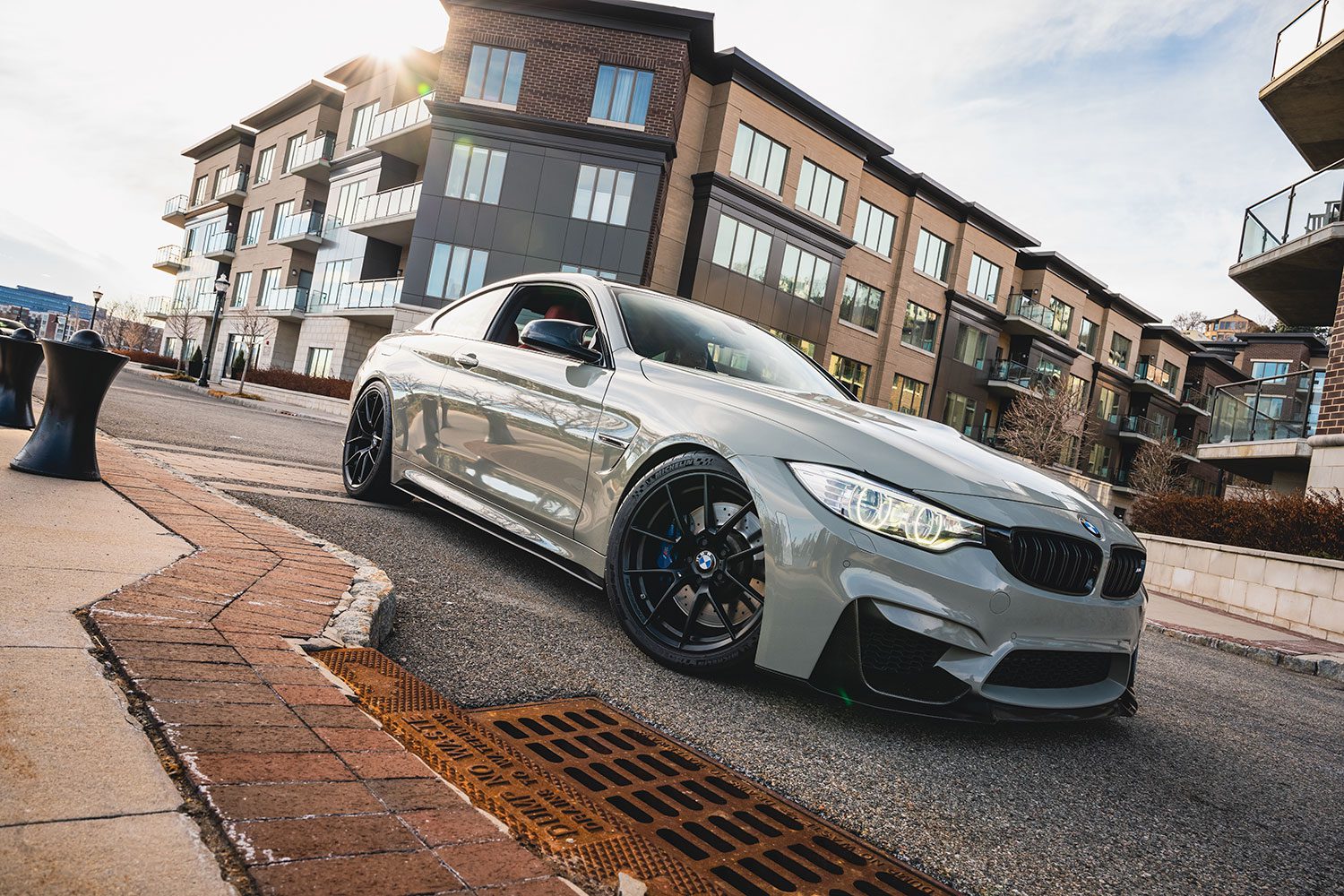
Special thanks to longtime owner Dave for taking the time to provide excellent insight into the platform. Also thanks to Keizer for providing his beautiful M4.
Commissions may be received for product links on this site, so help out if you can. I only write about products I use and believe in.
I use Nikon camera bodies and lenses, a Westcott Ice Light 2, Manfrotto tripod, B + W filters and an iMac Pro to make the art you see here.
Follow along on Instagram @machineswithsouls


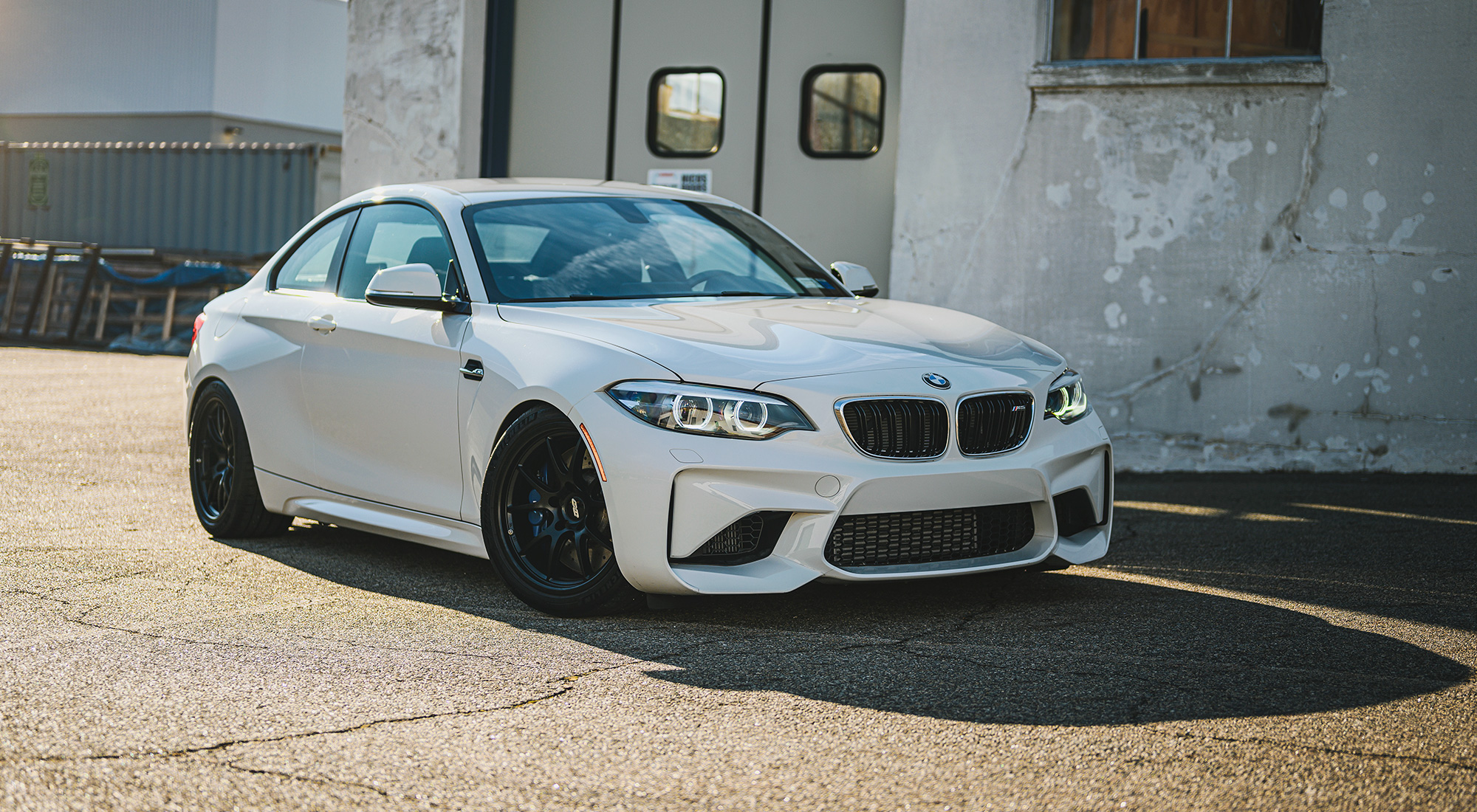
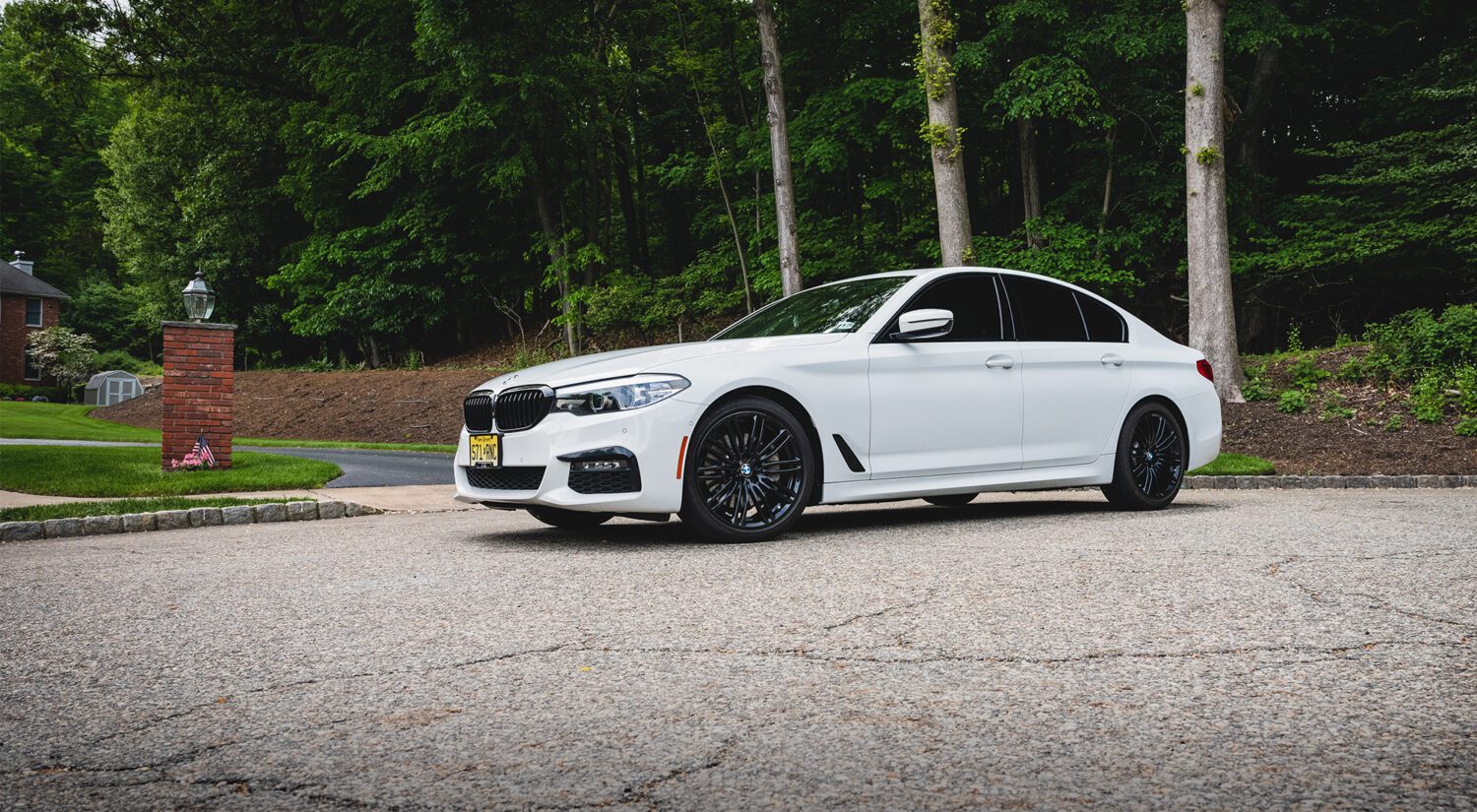
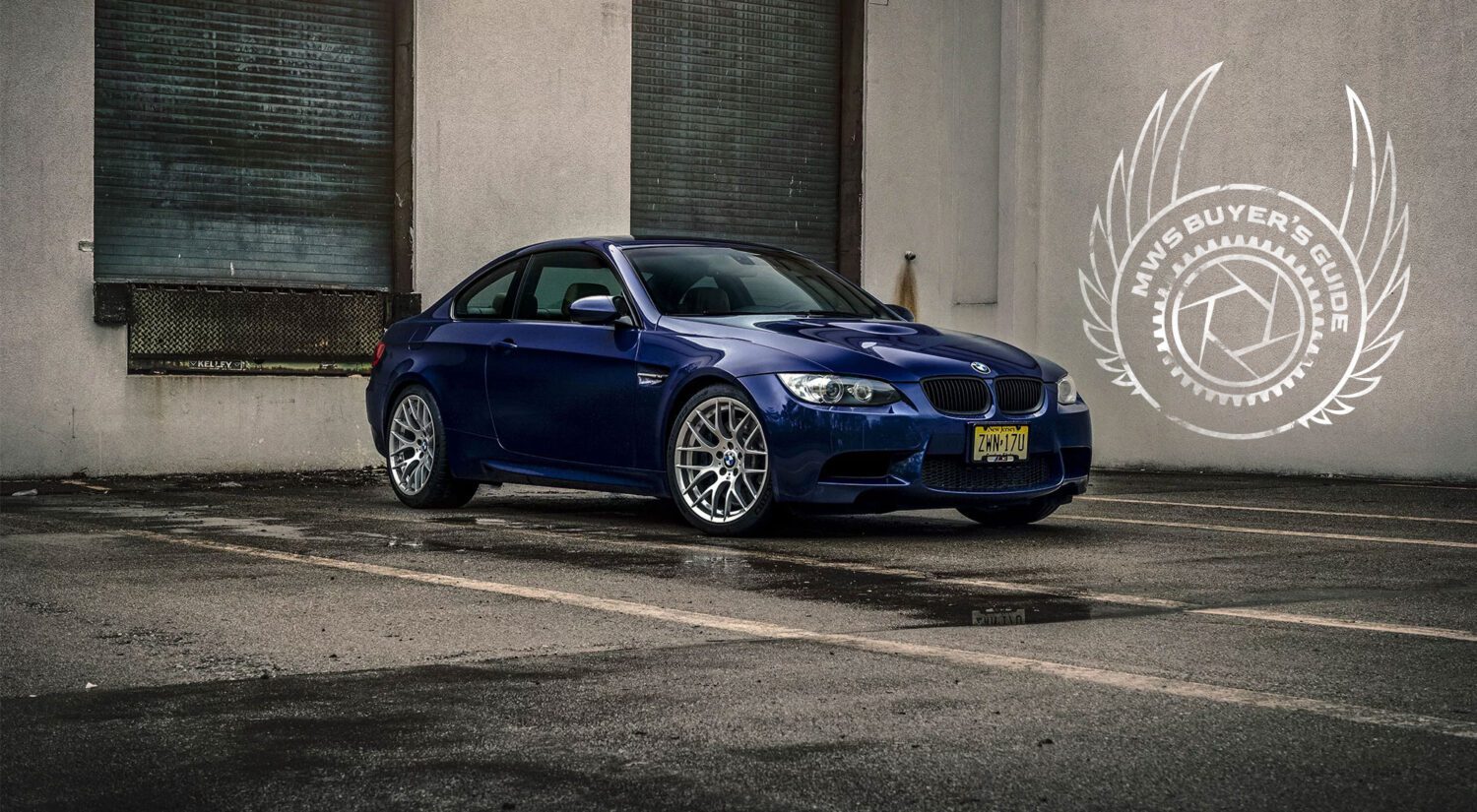
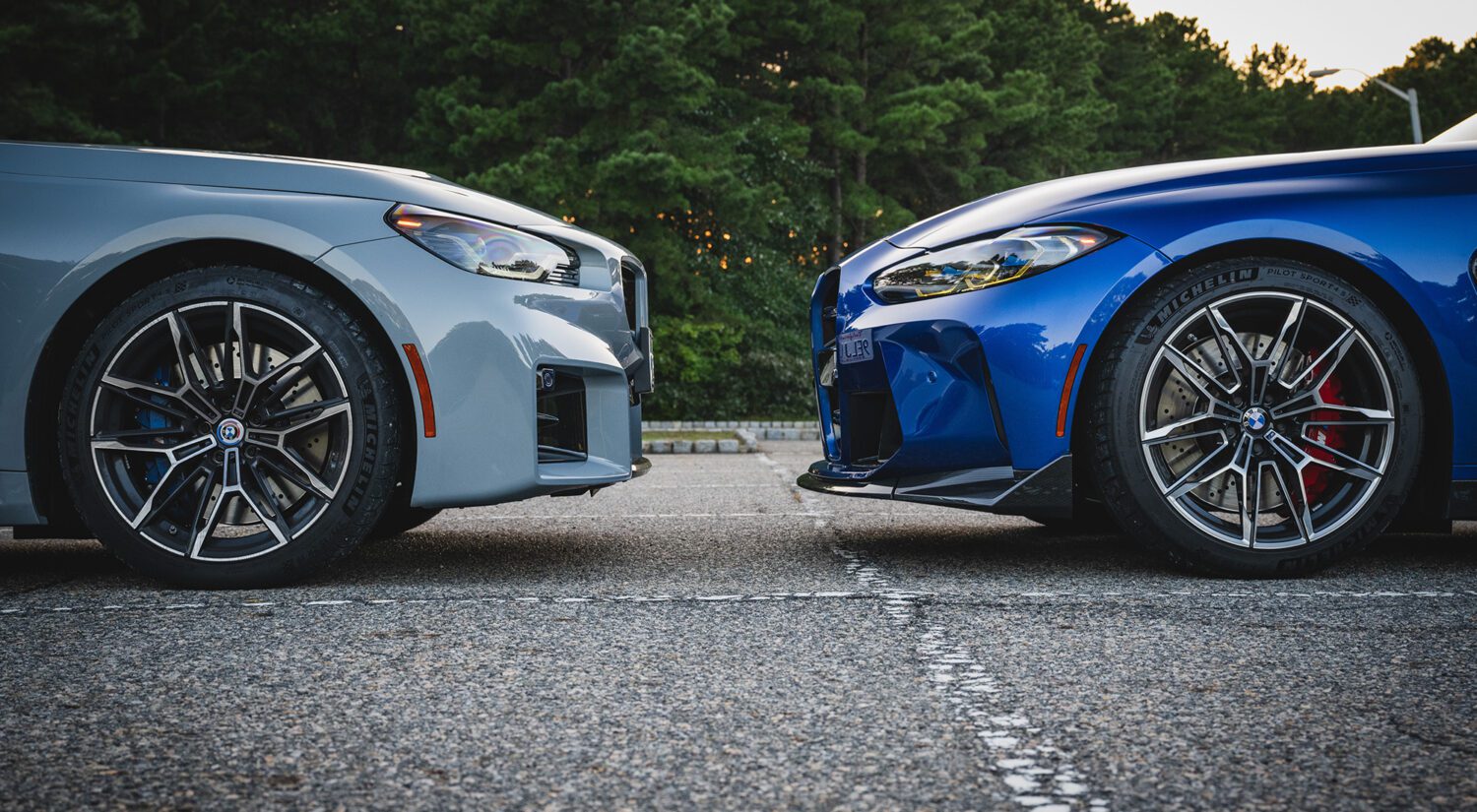
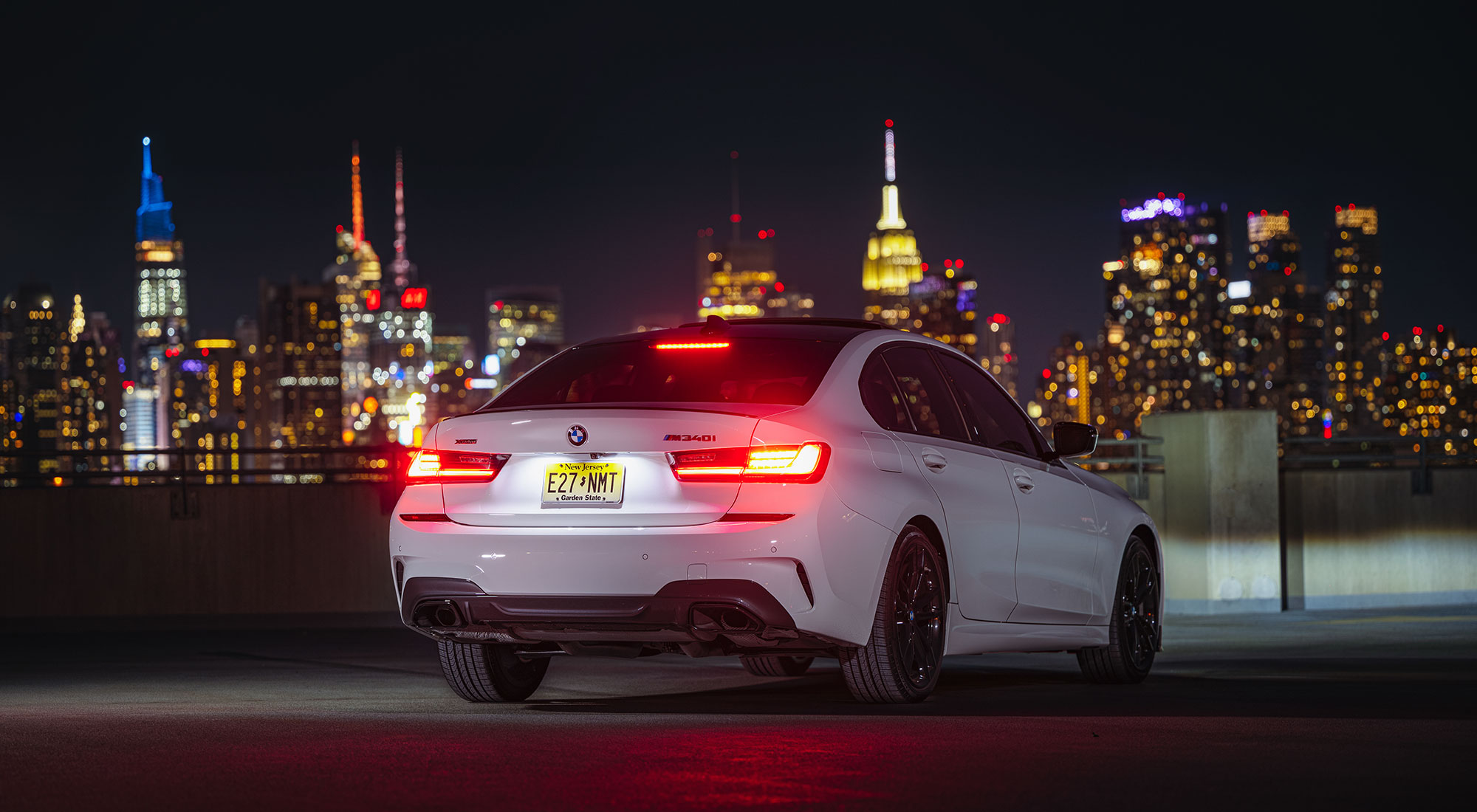
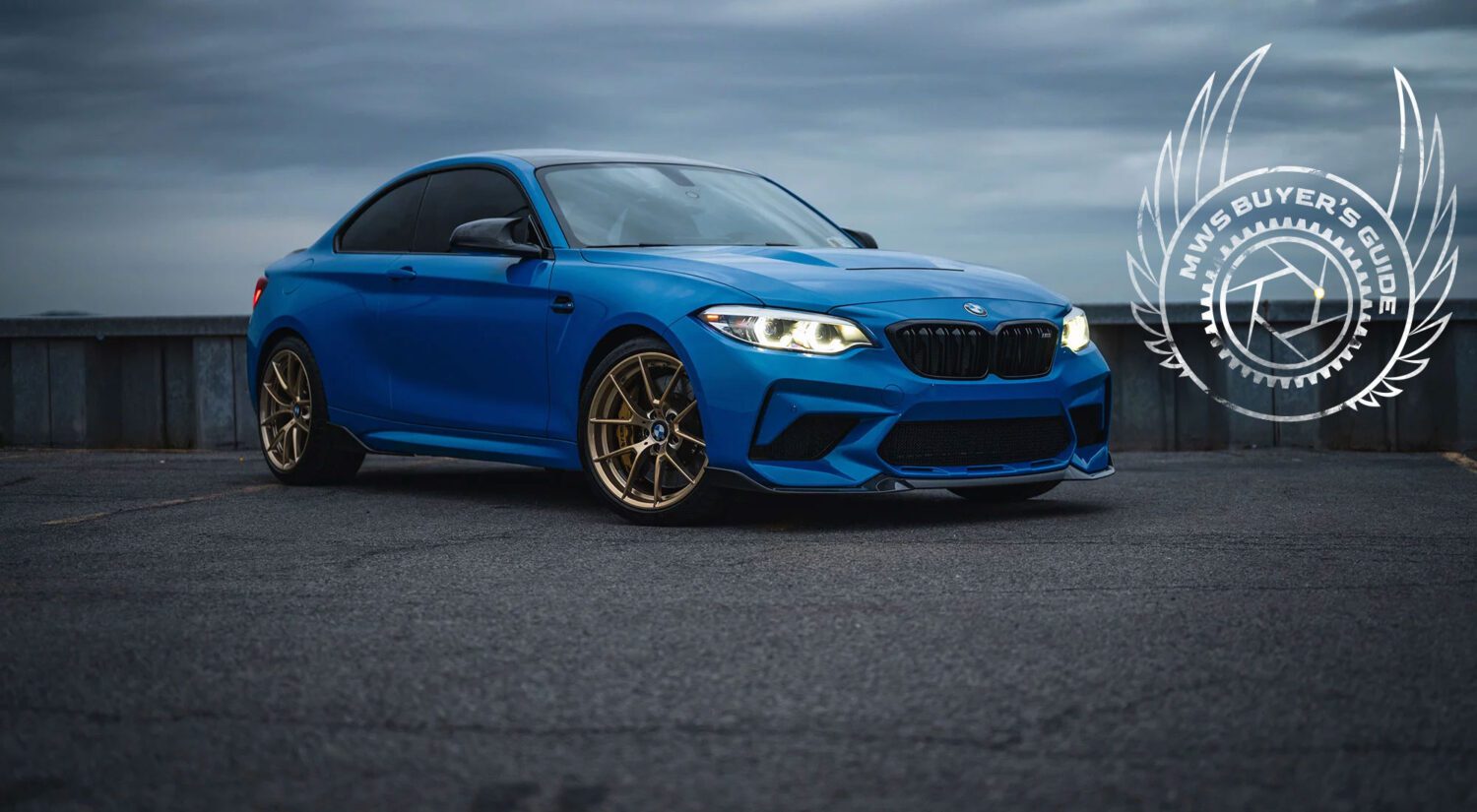
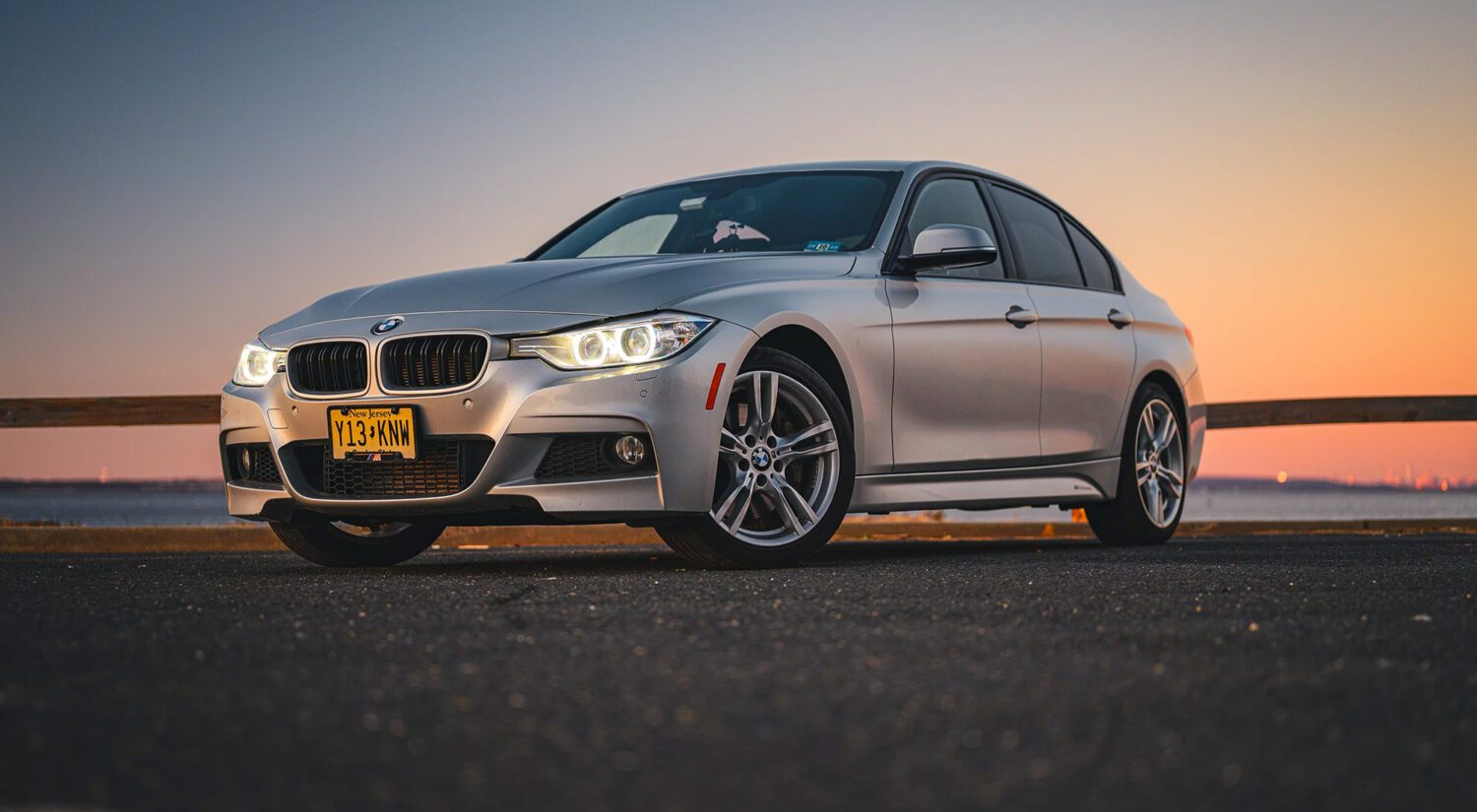
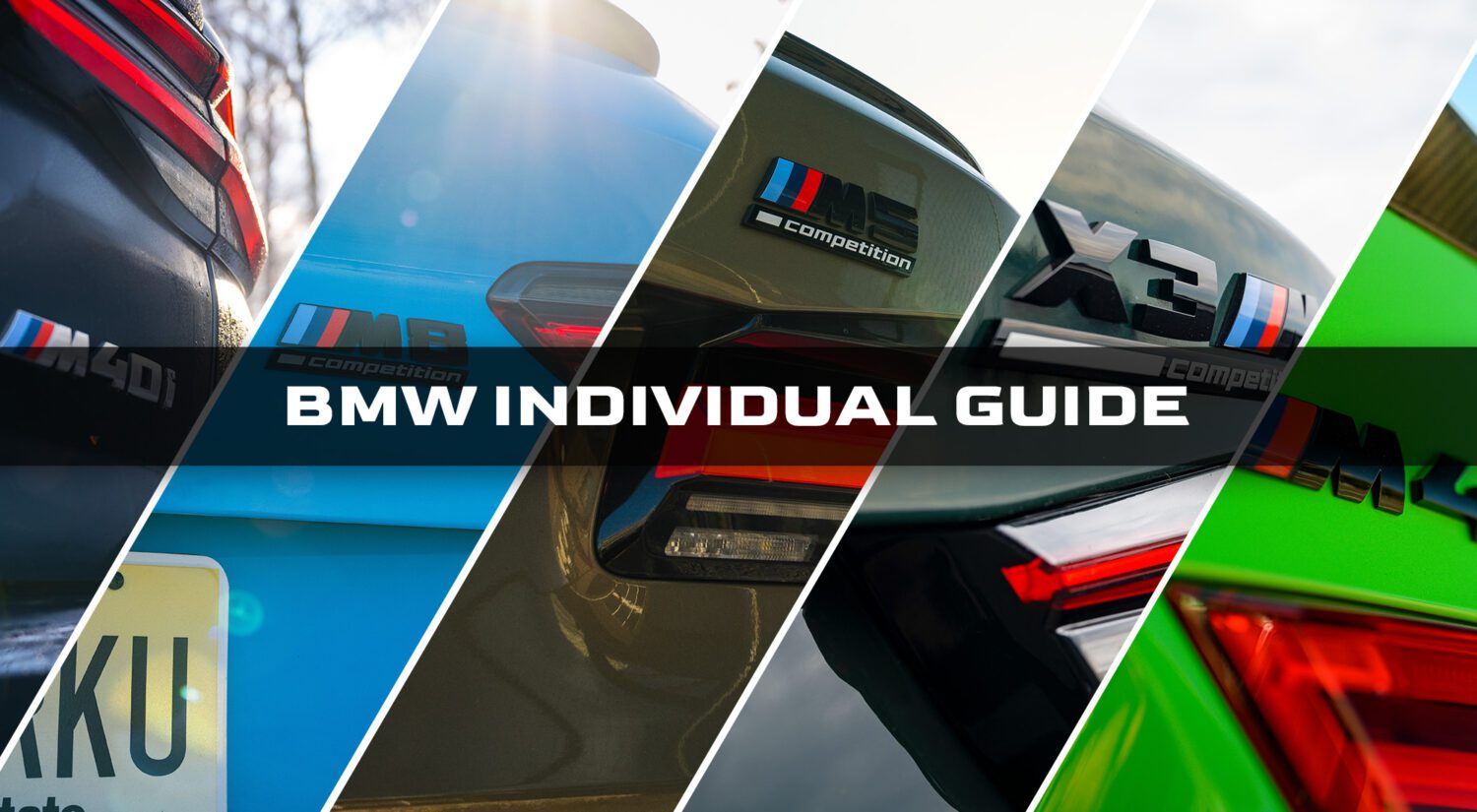
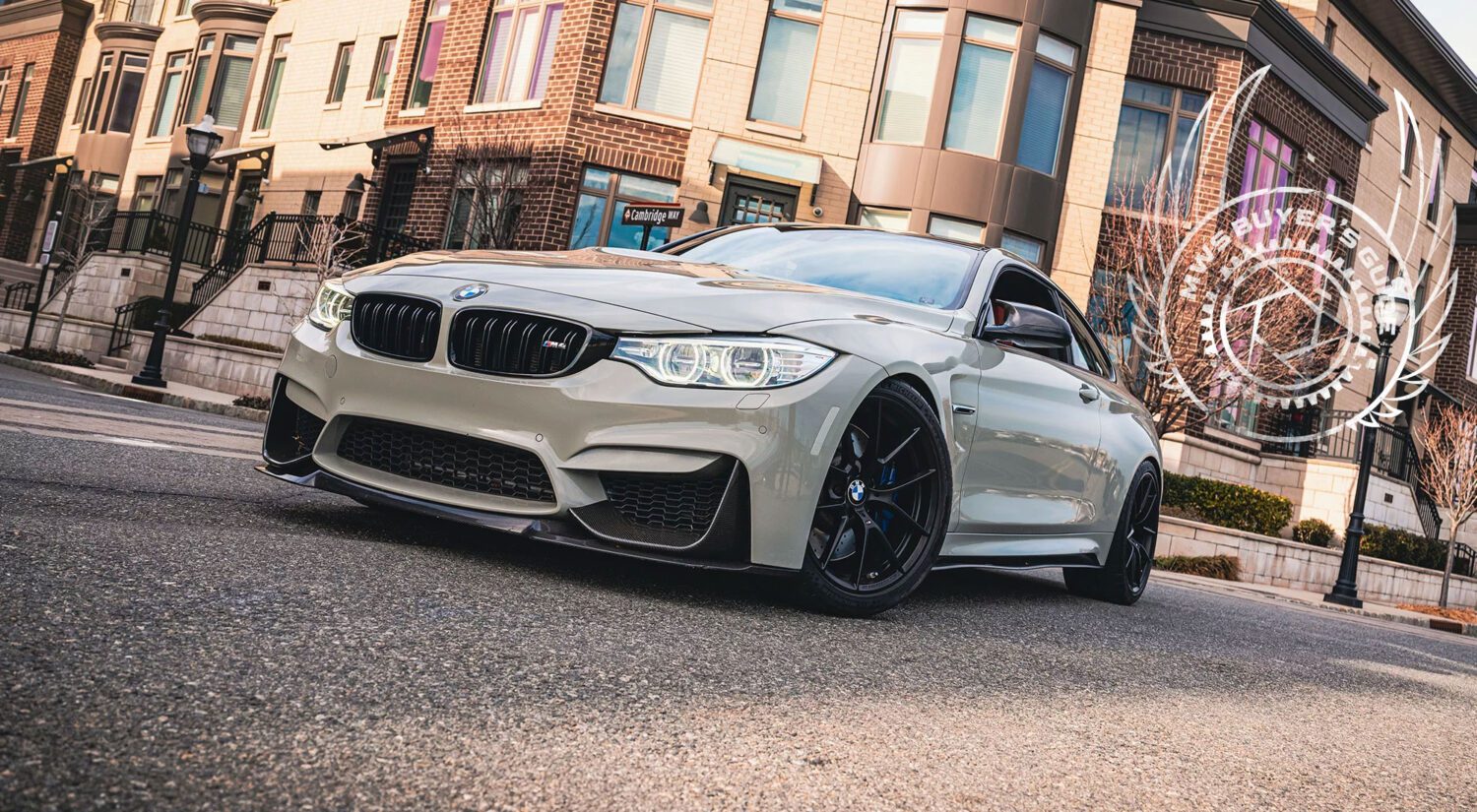
7 thoughts on “The BMW F82 M4 Buyer’s Guide”